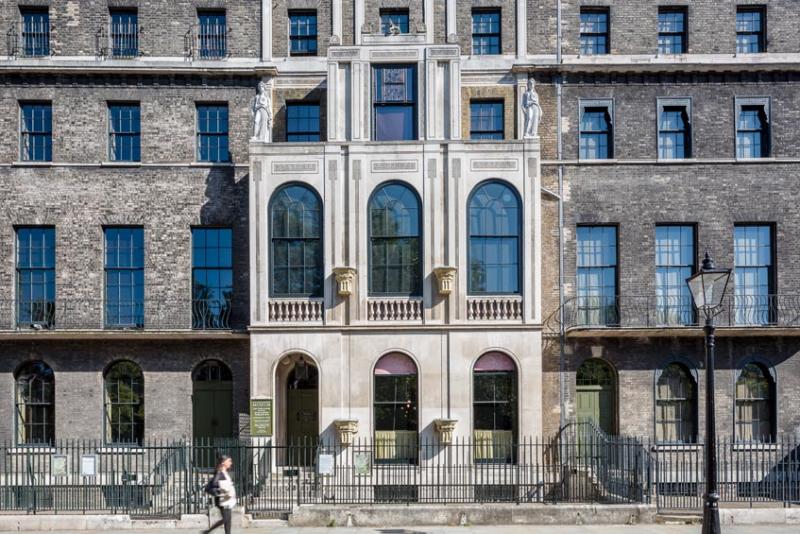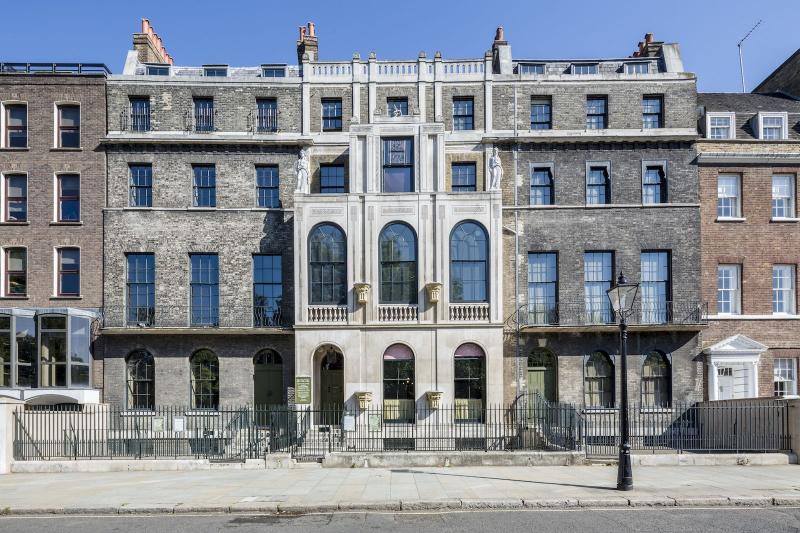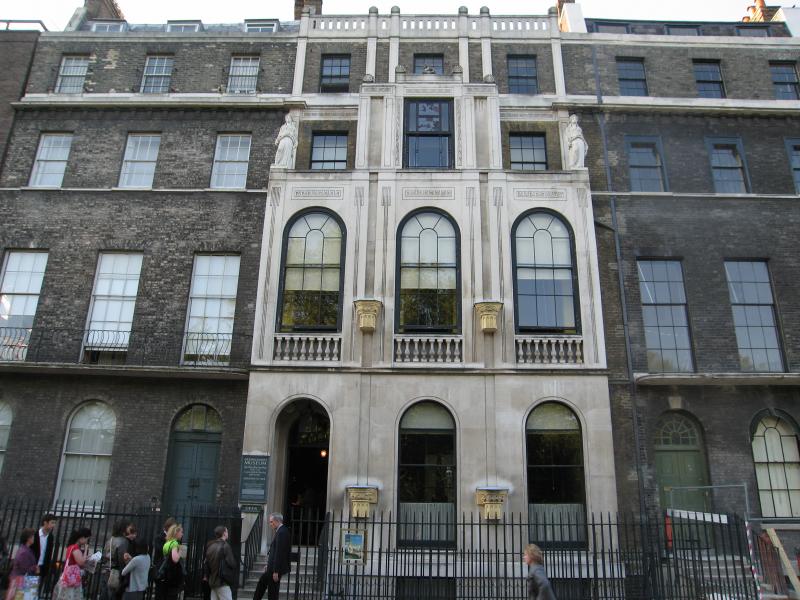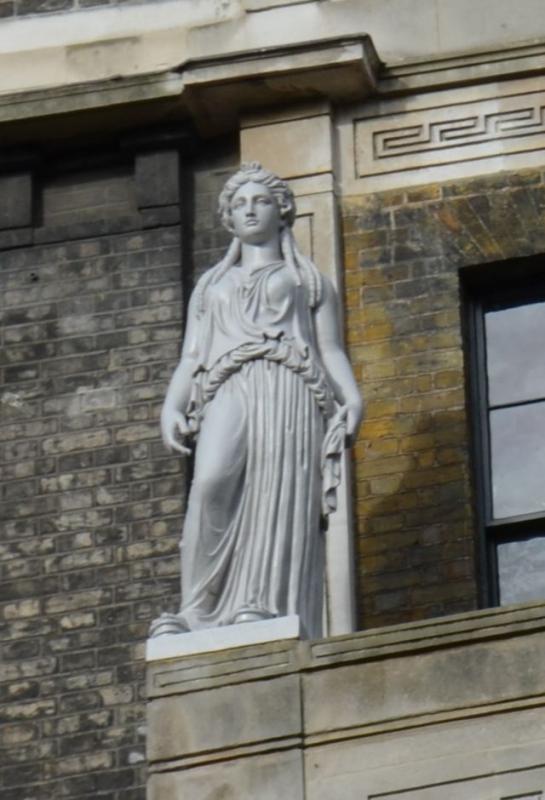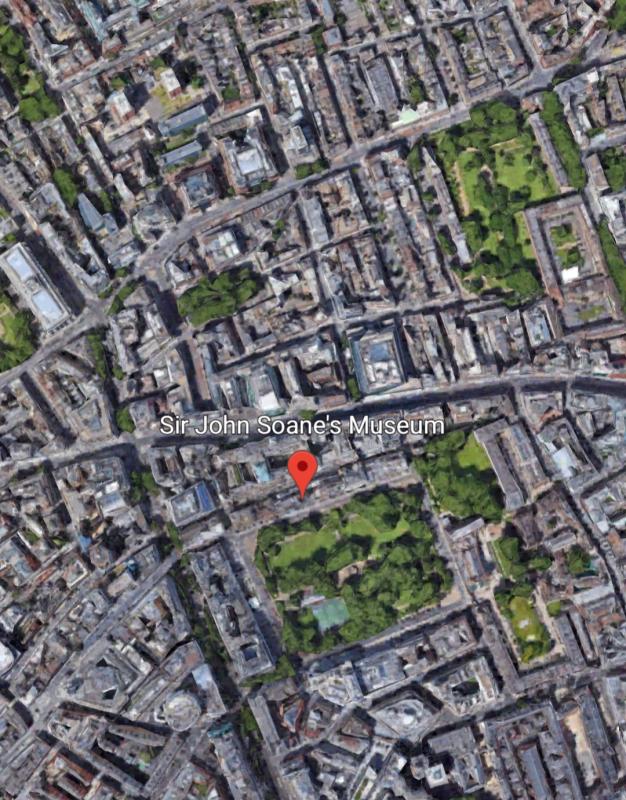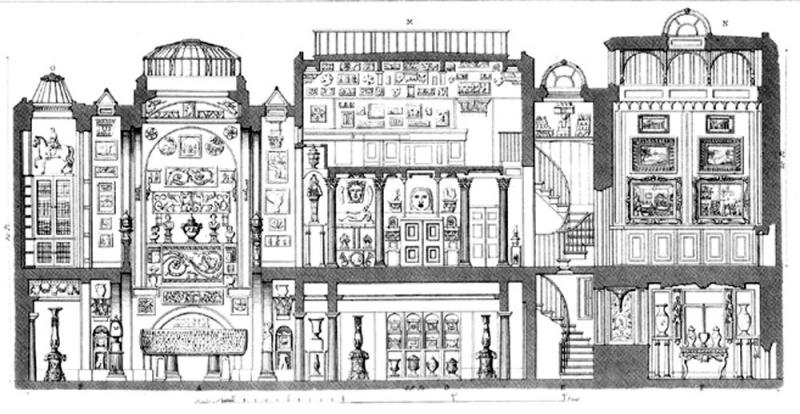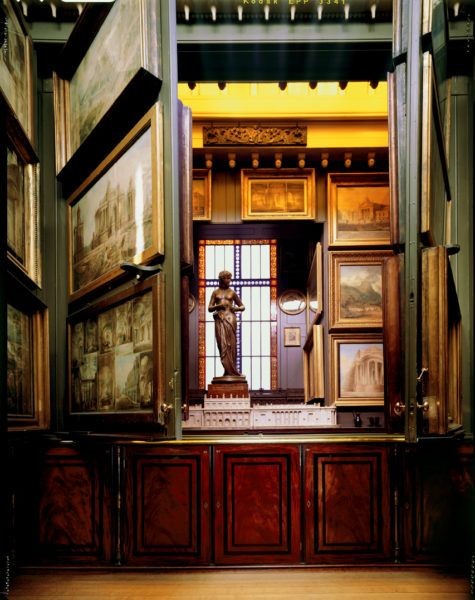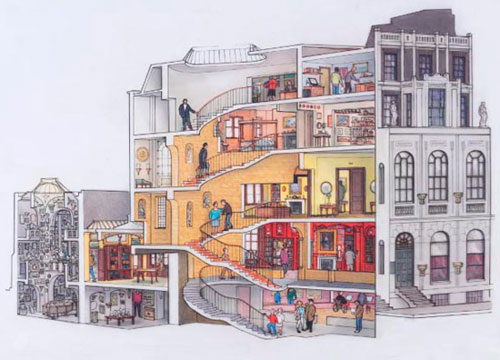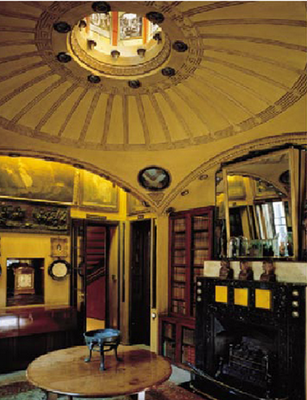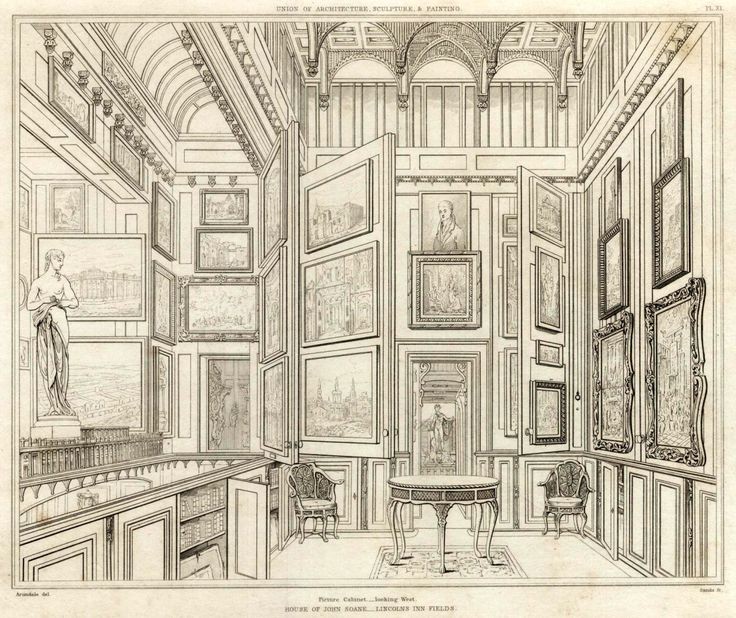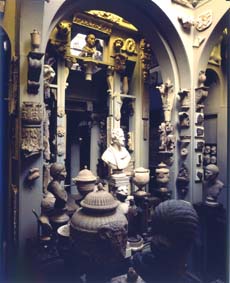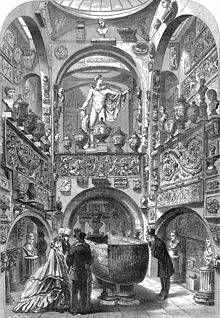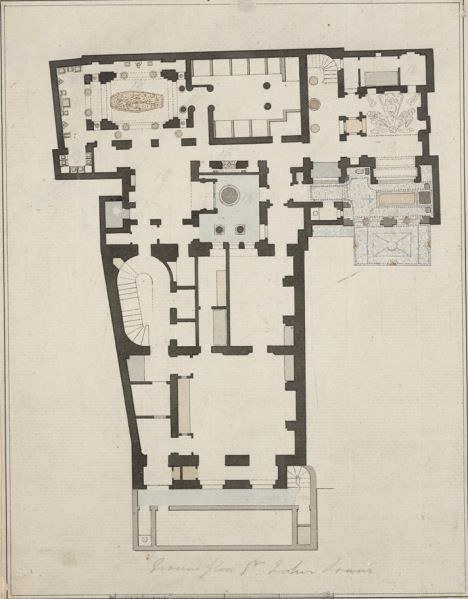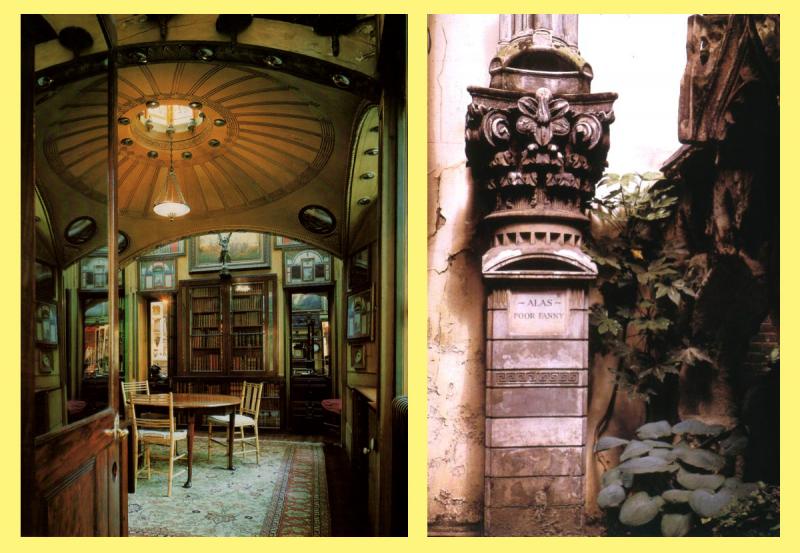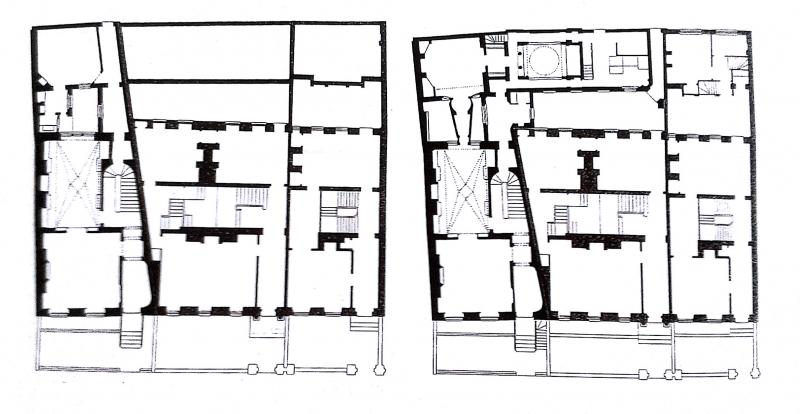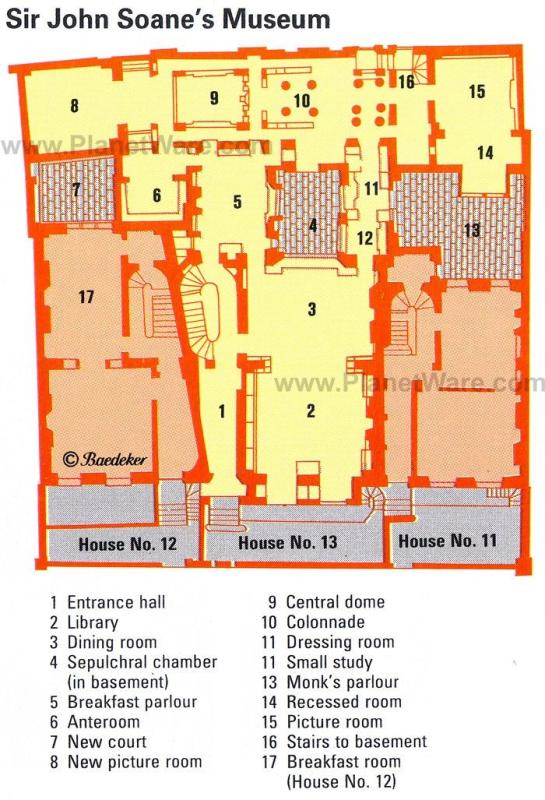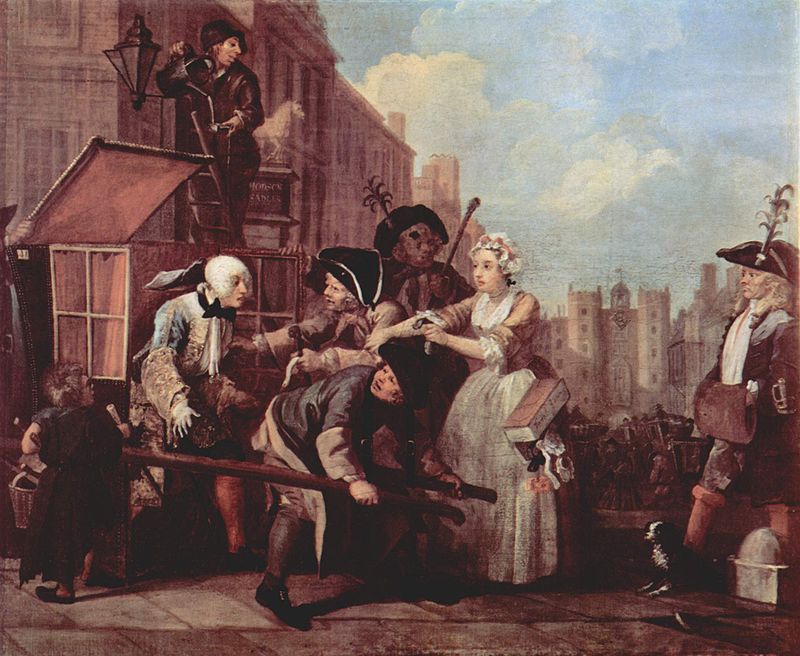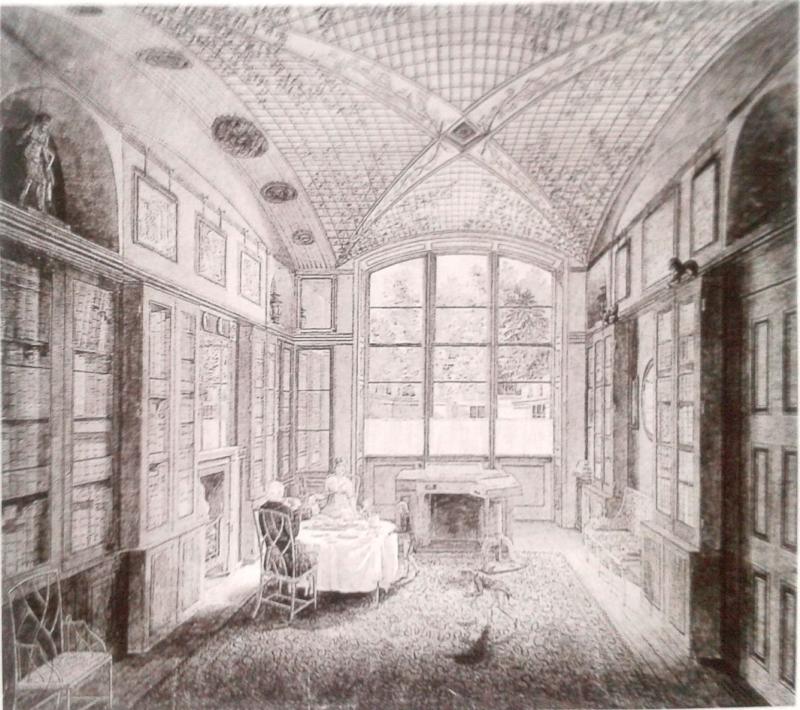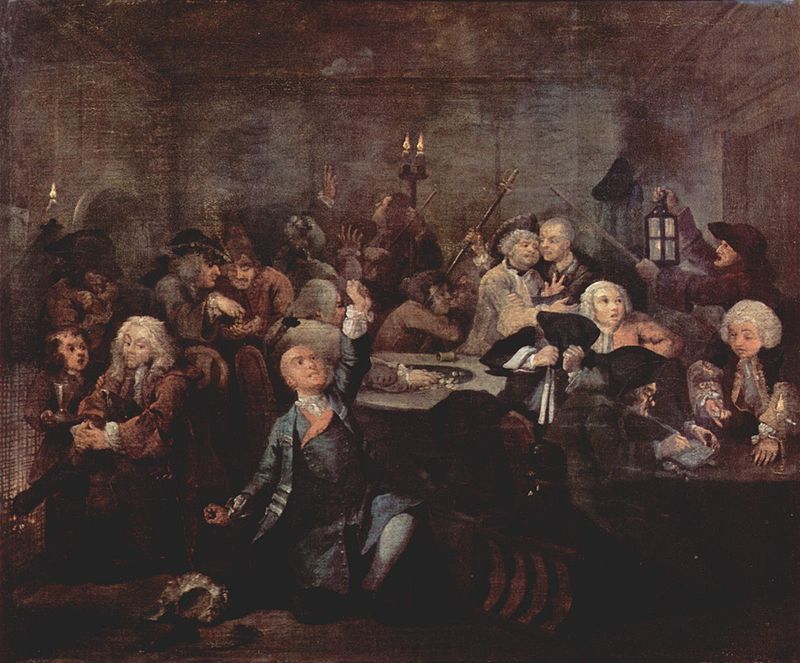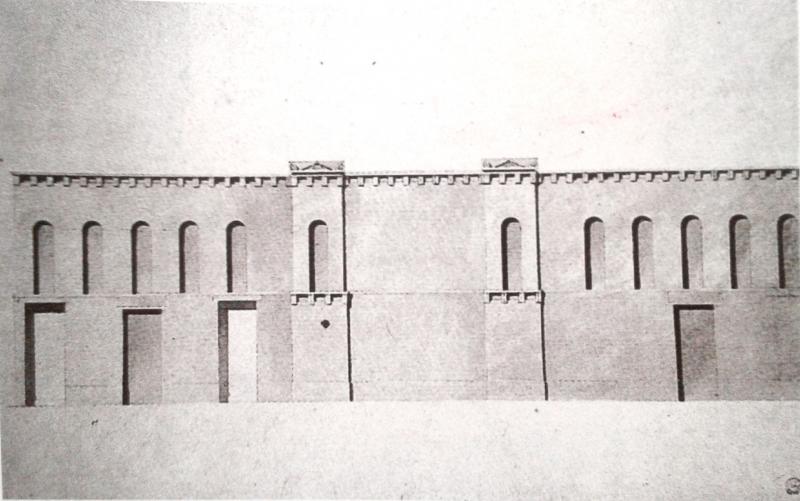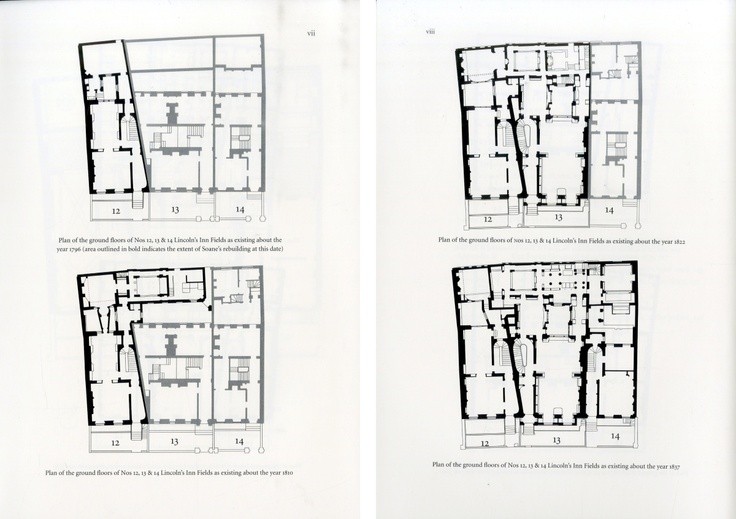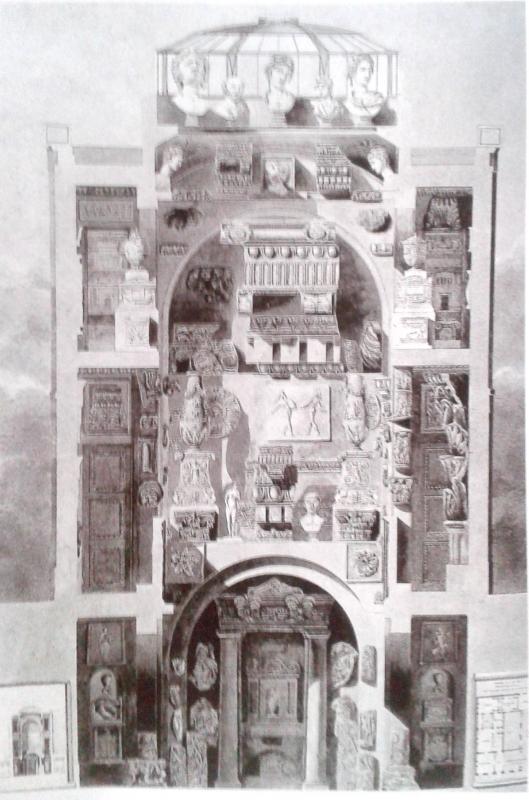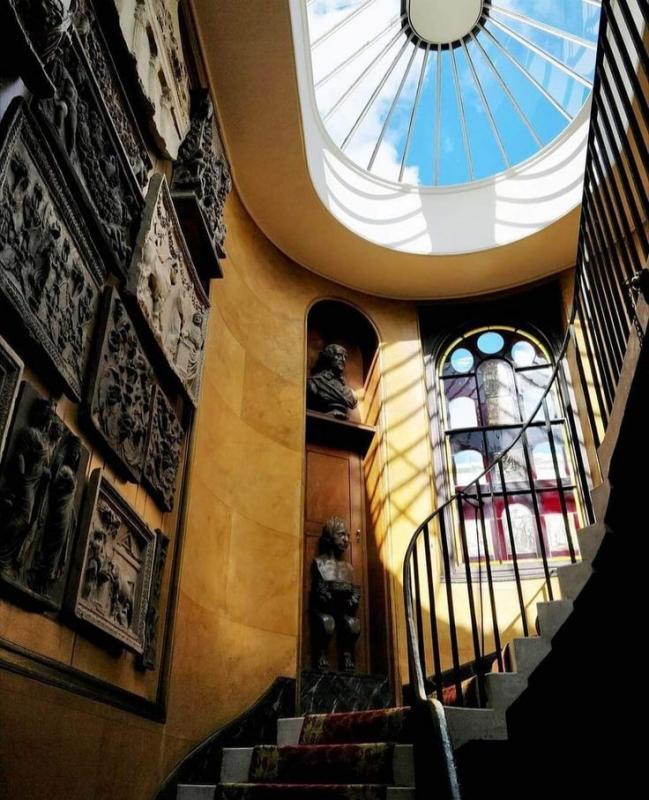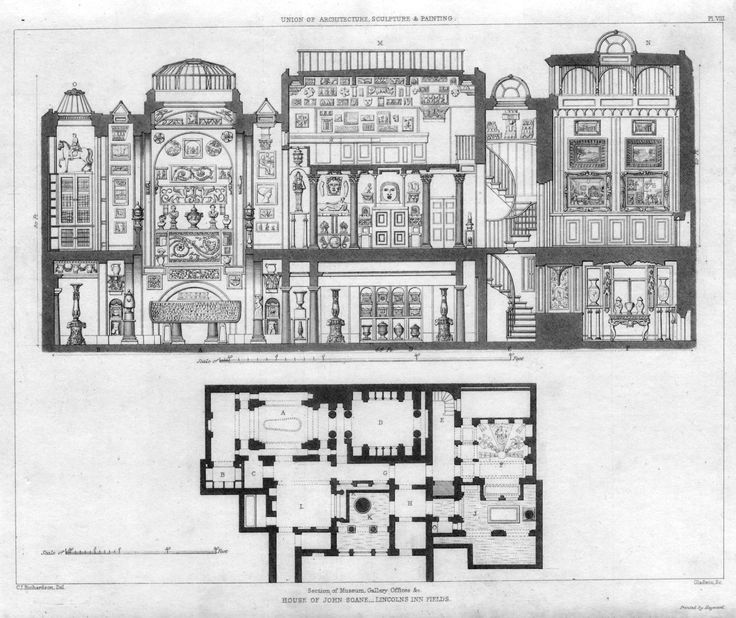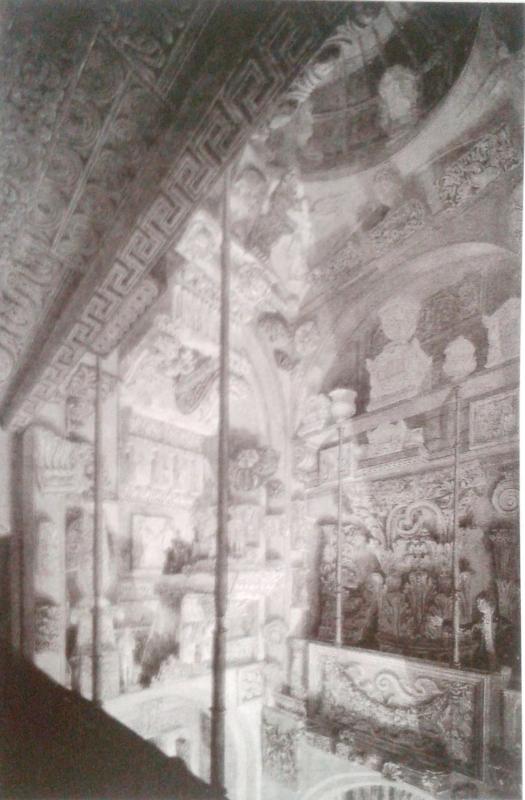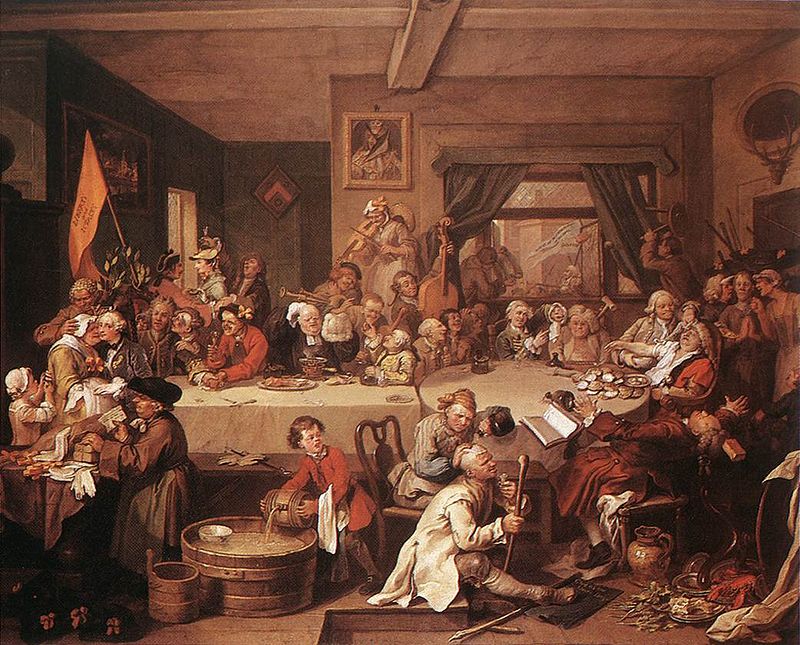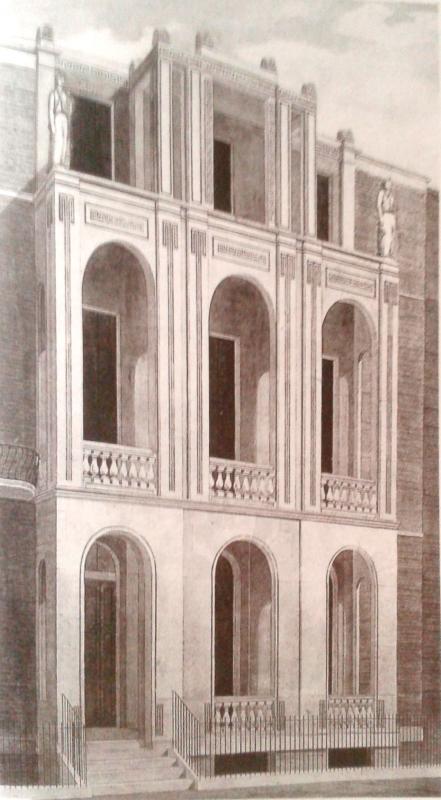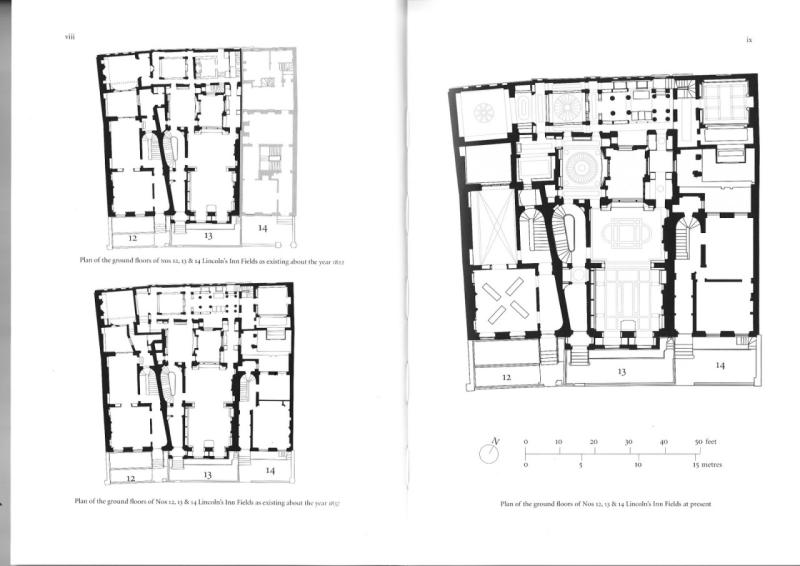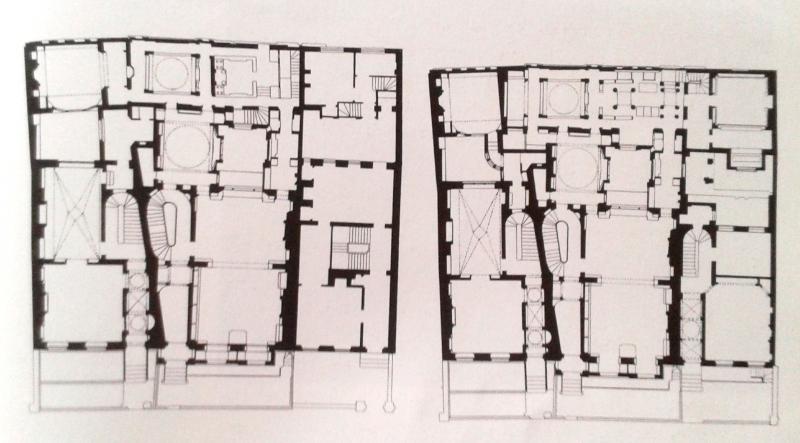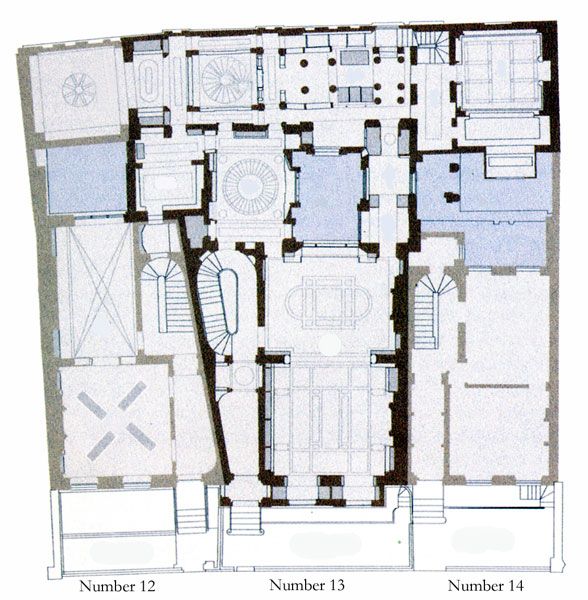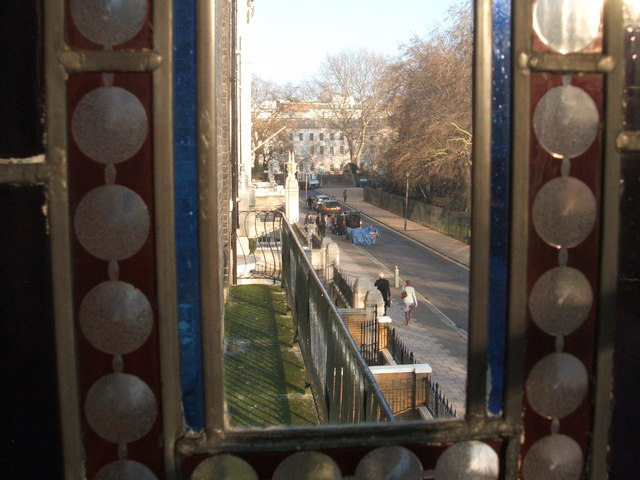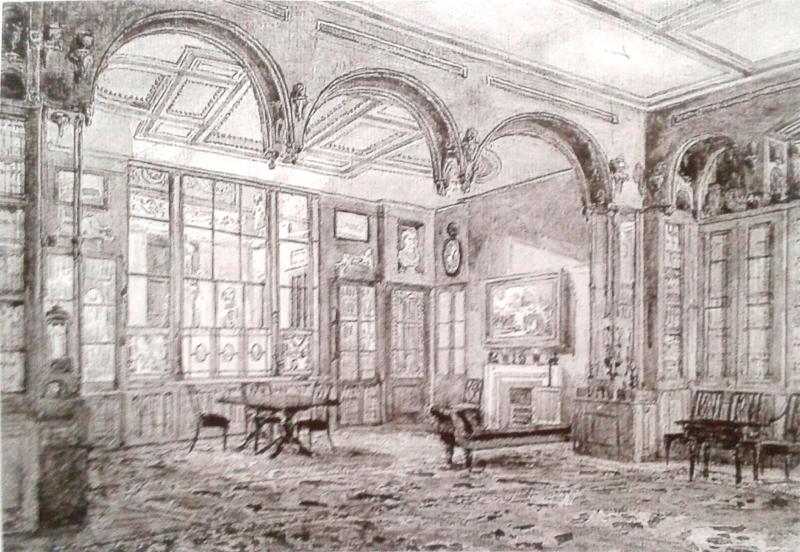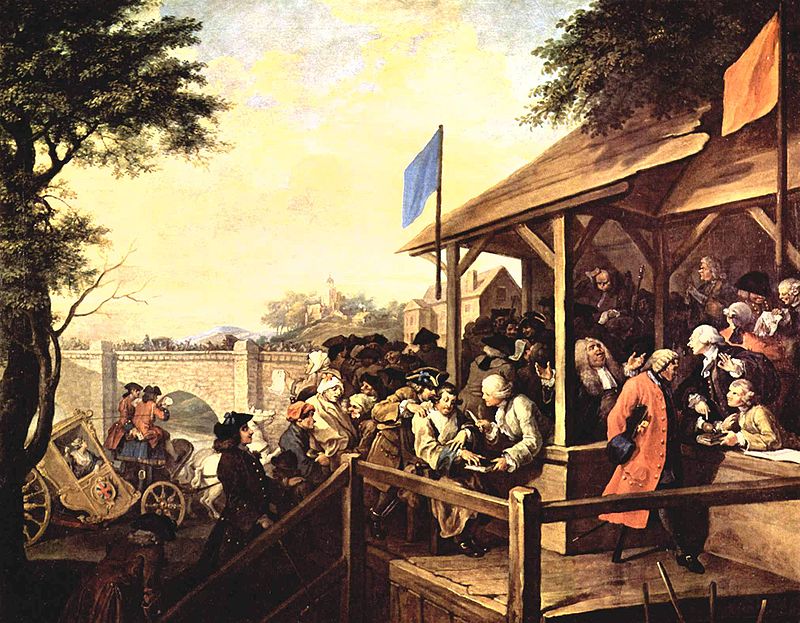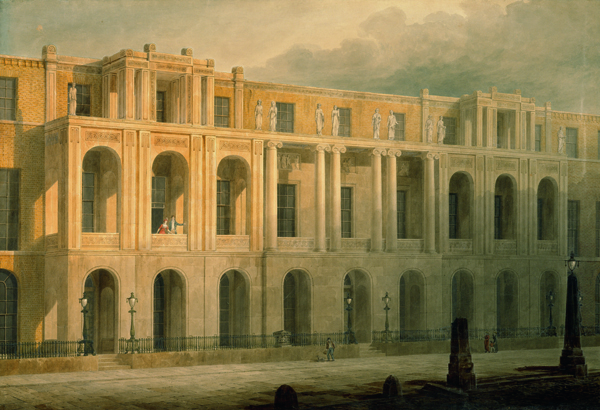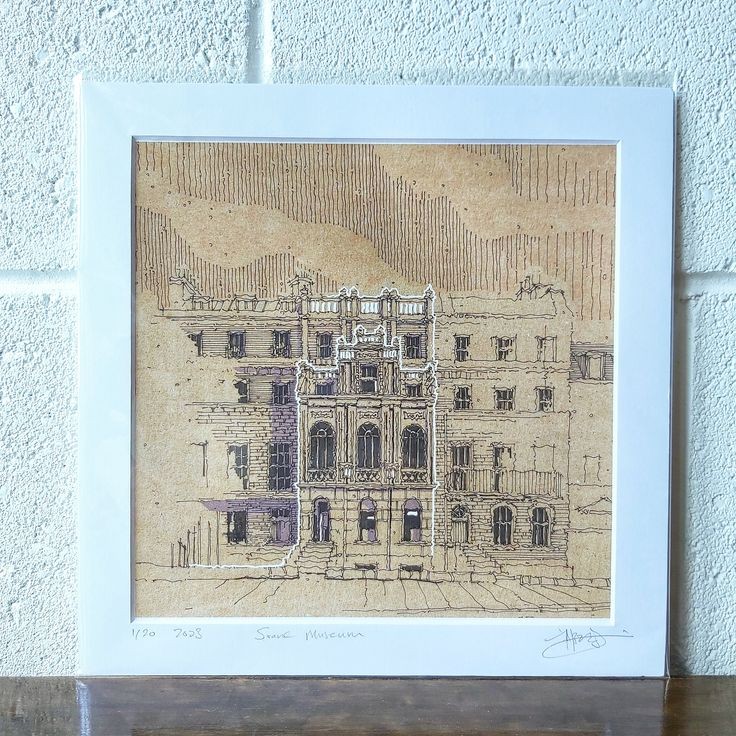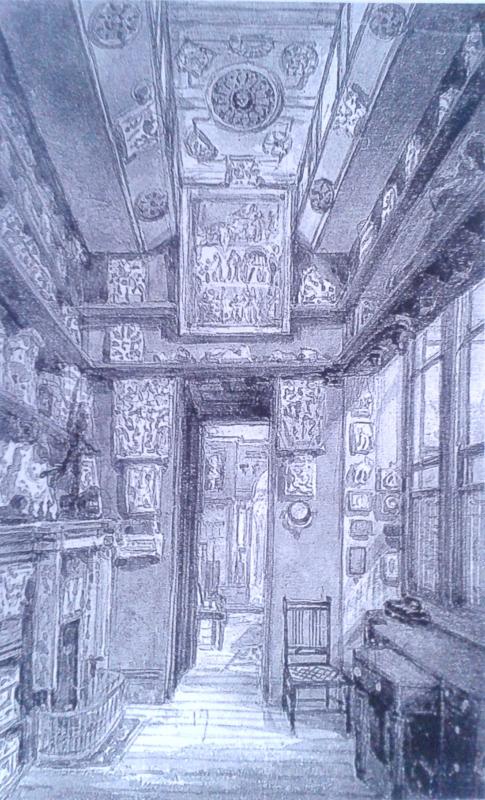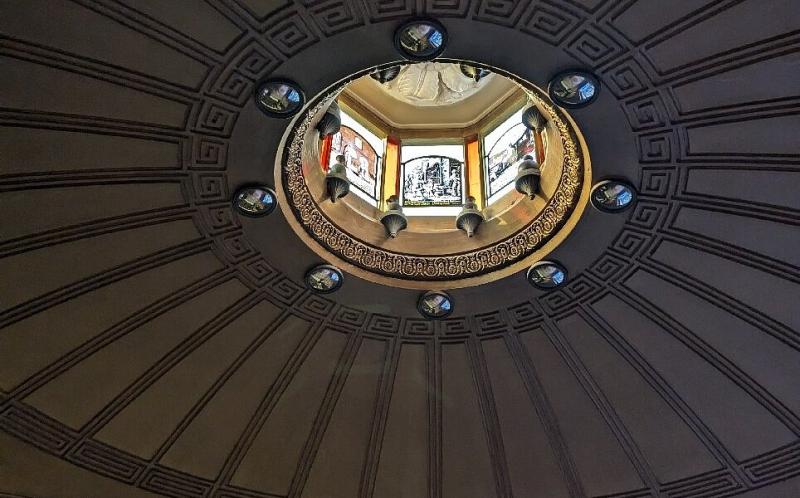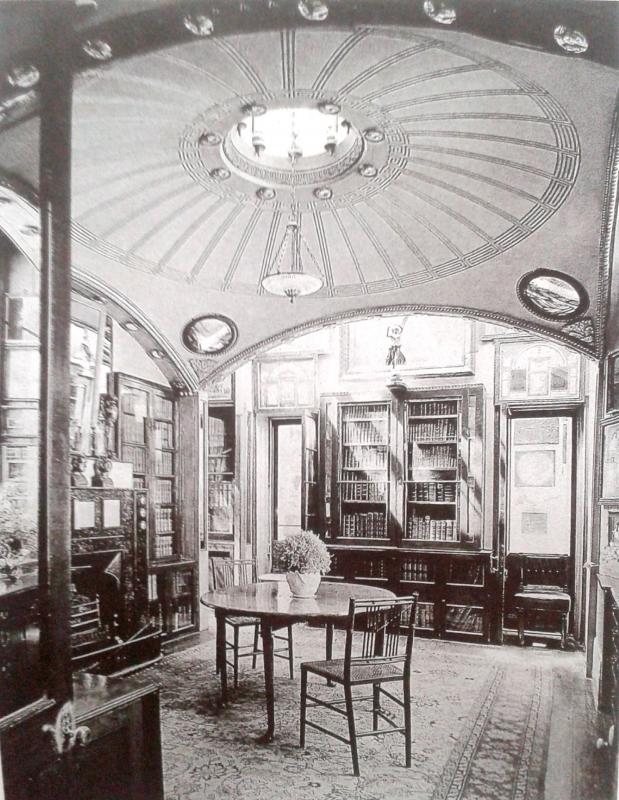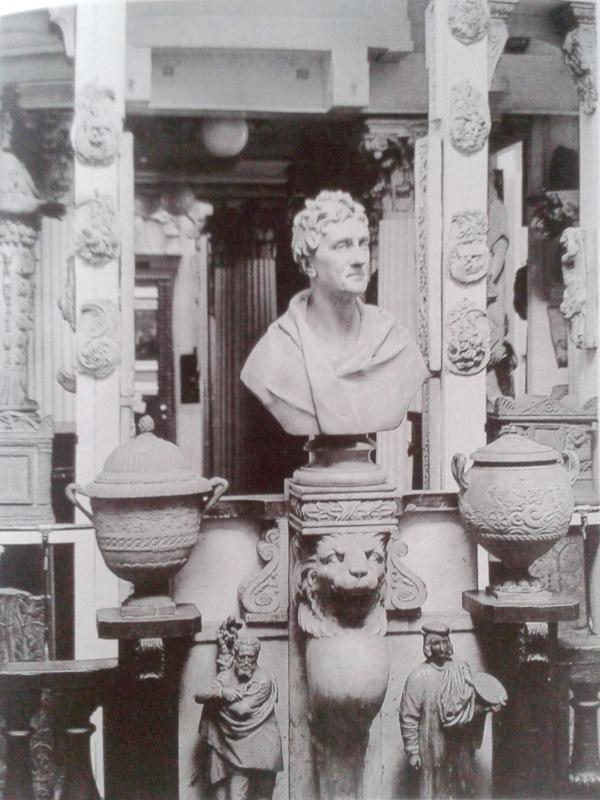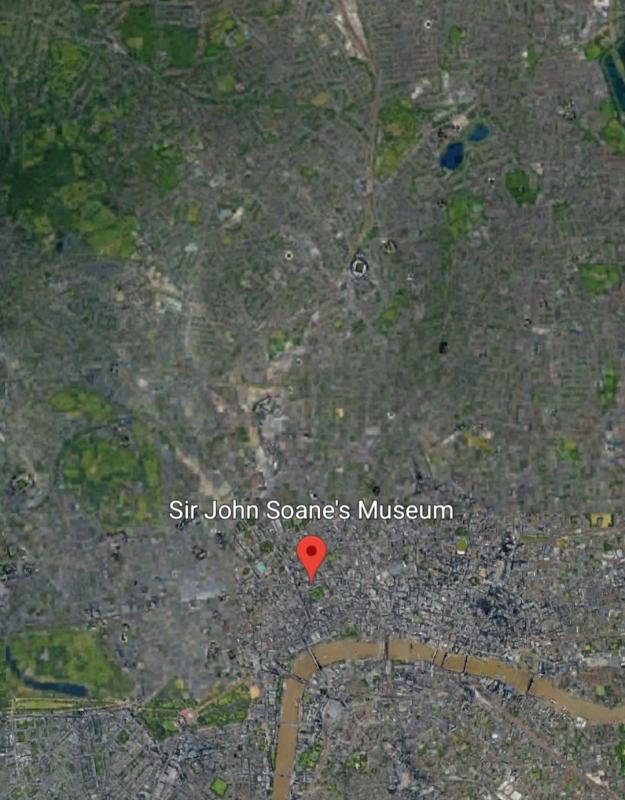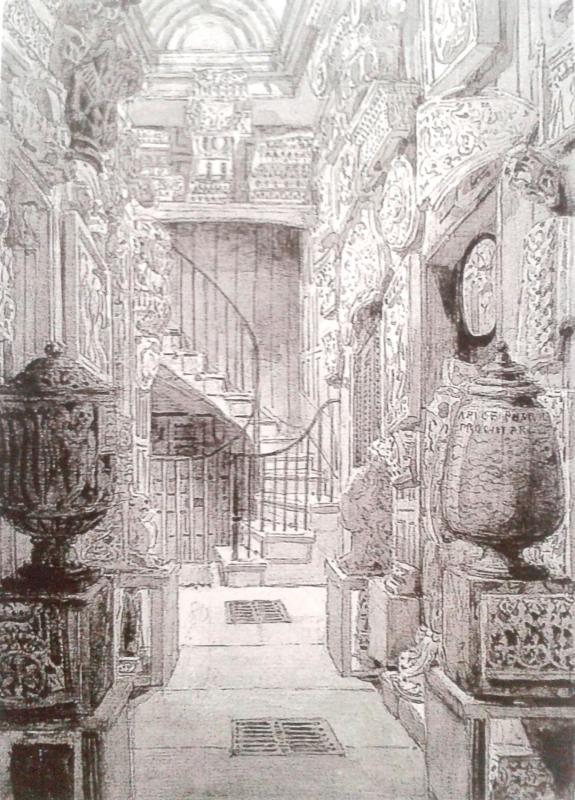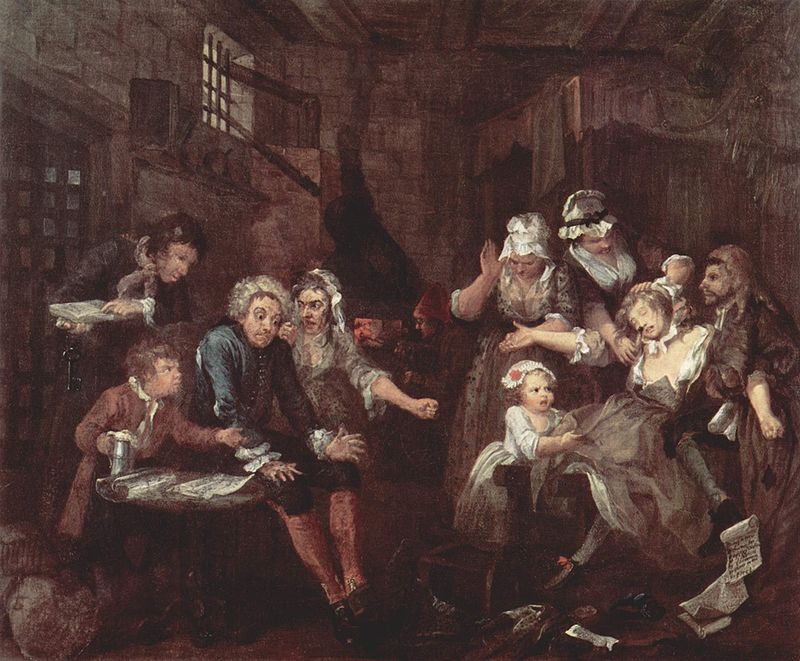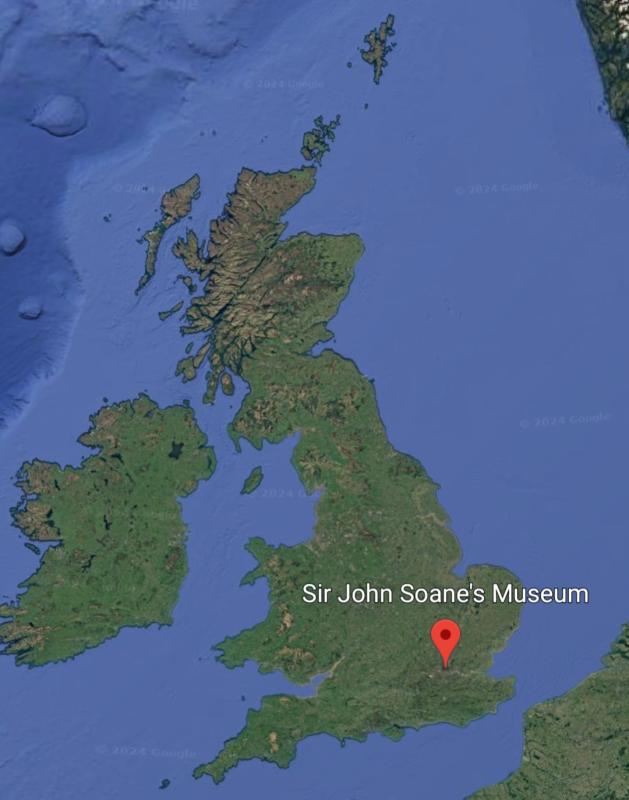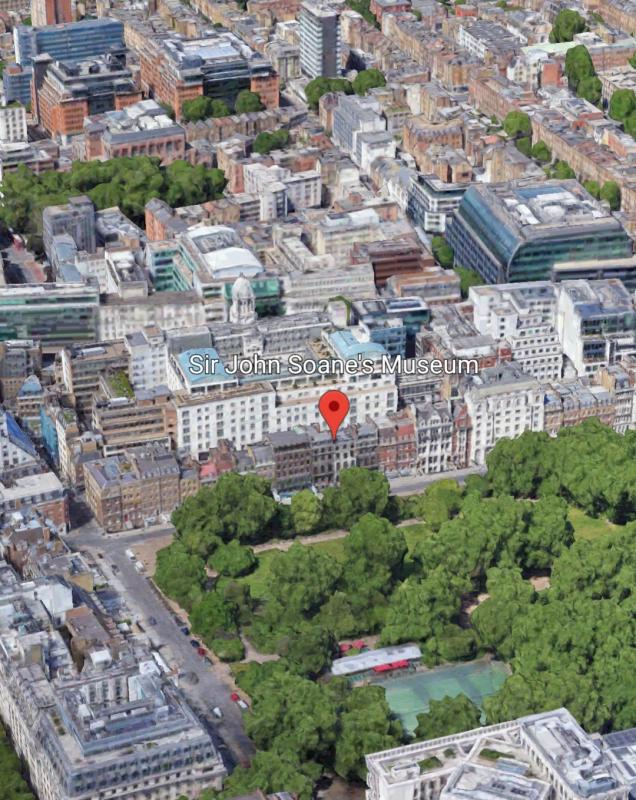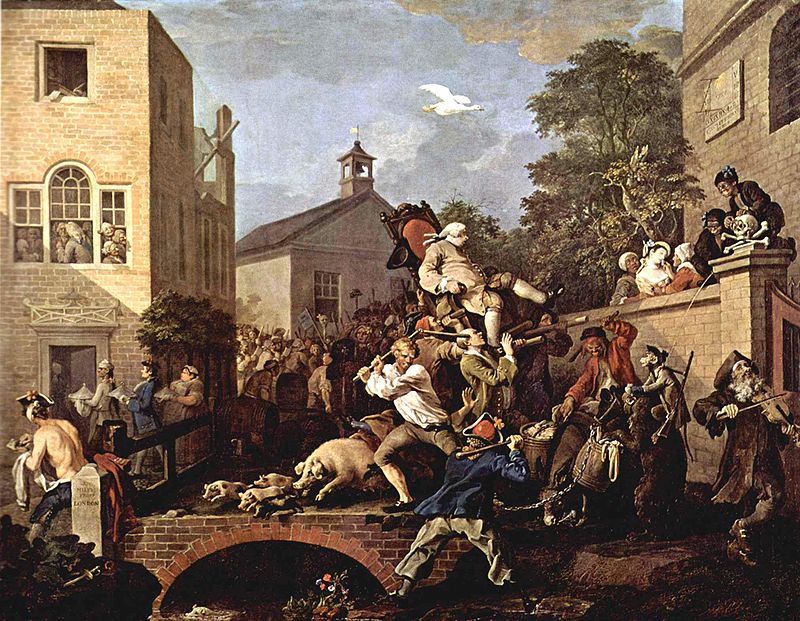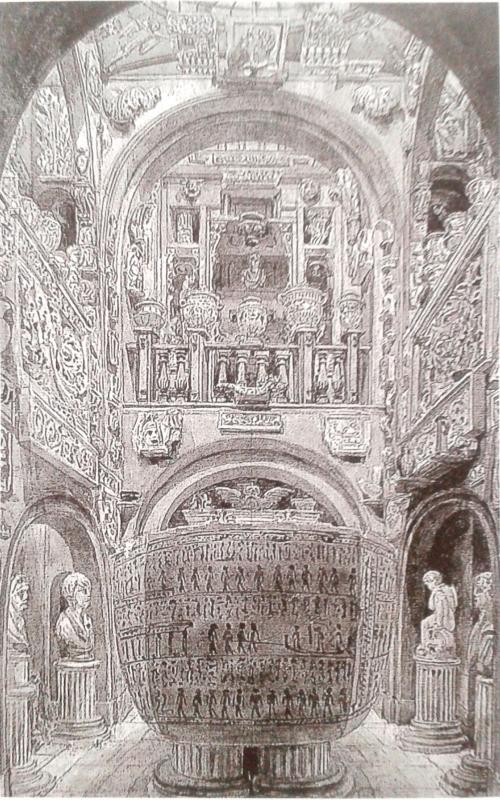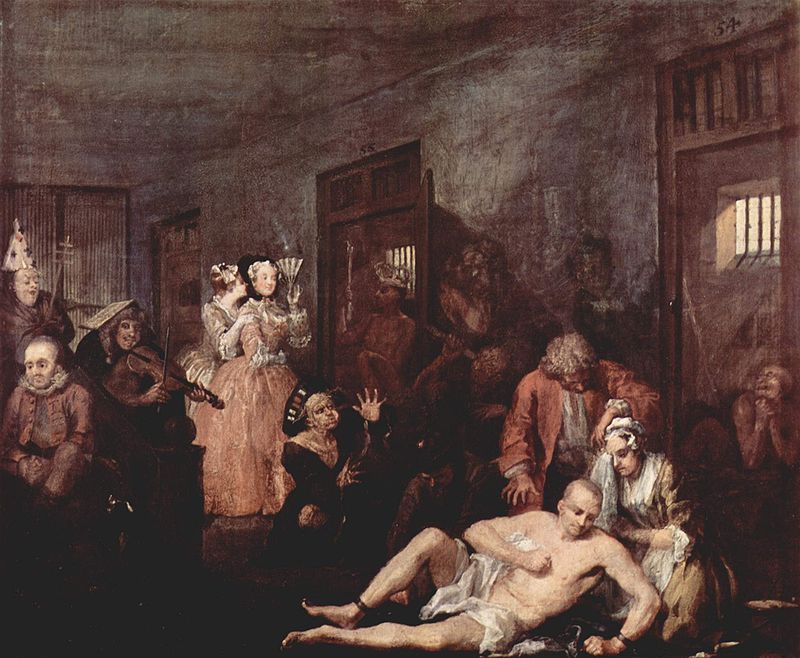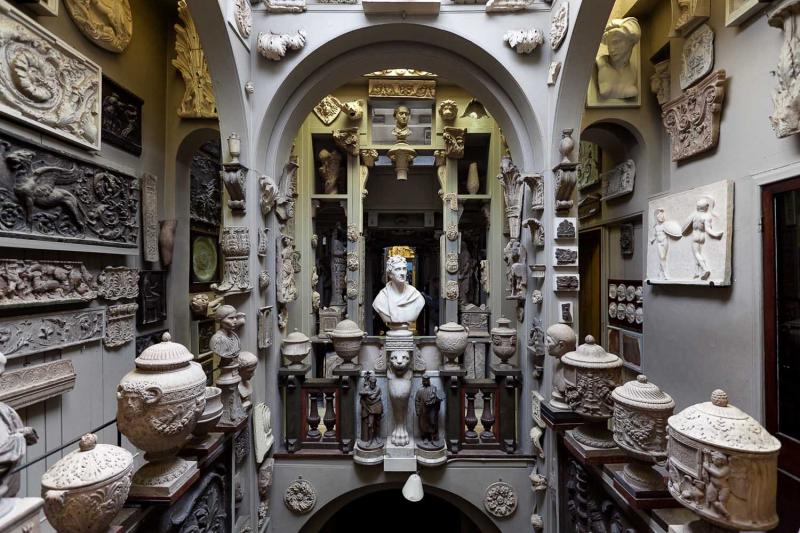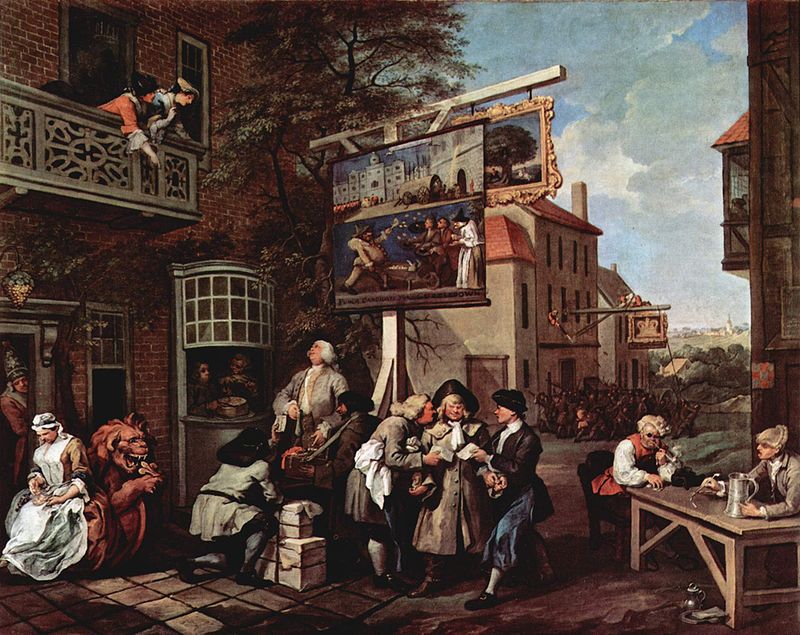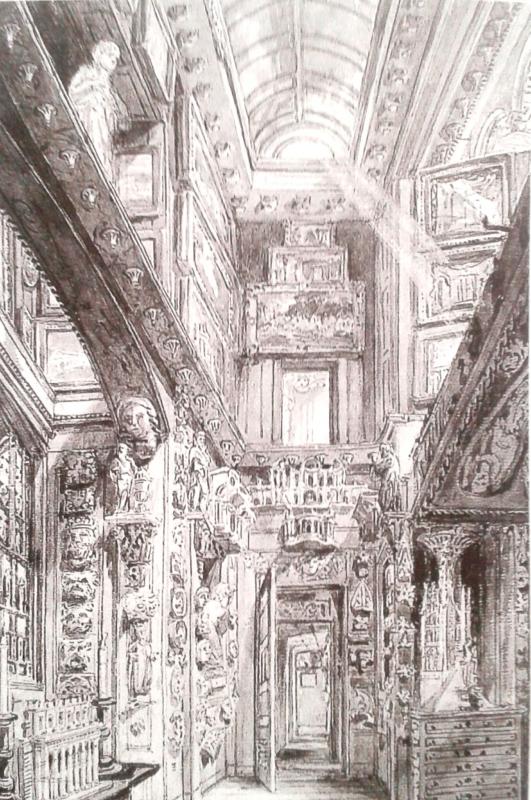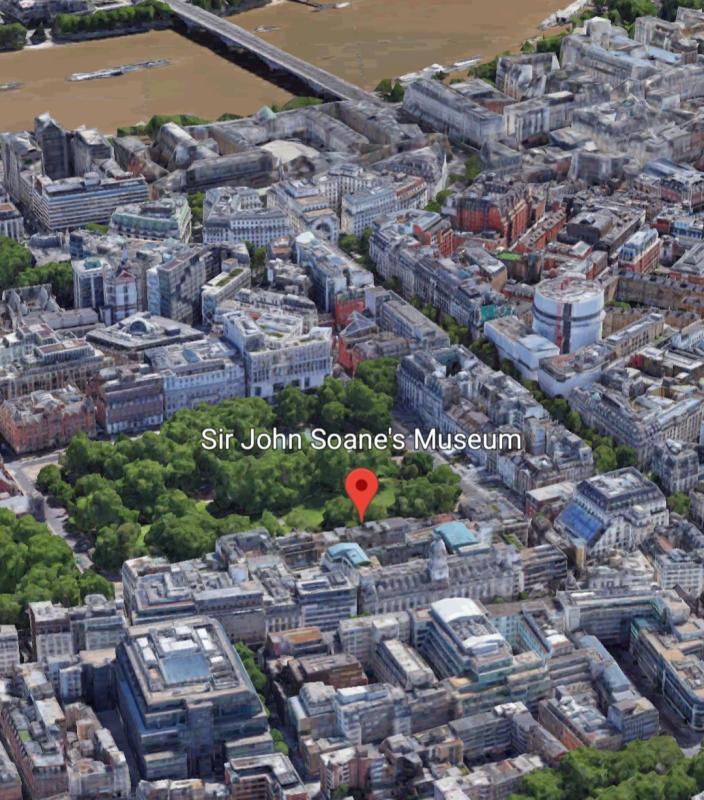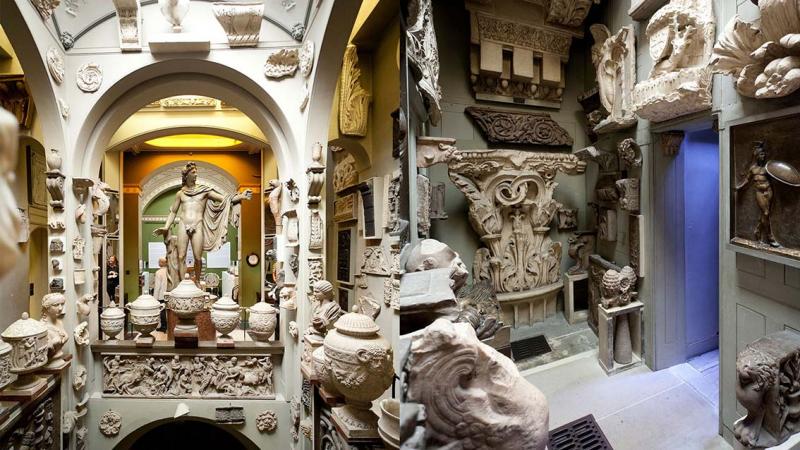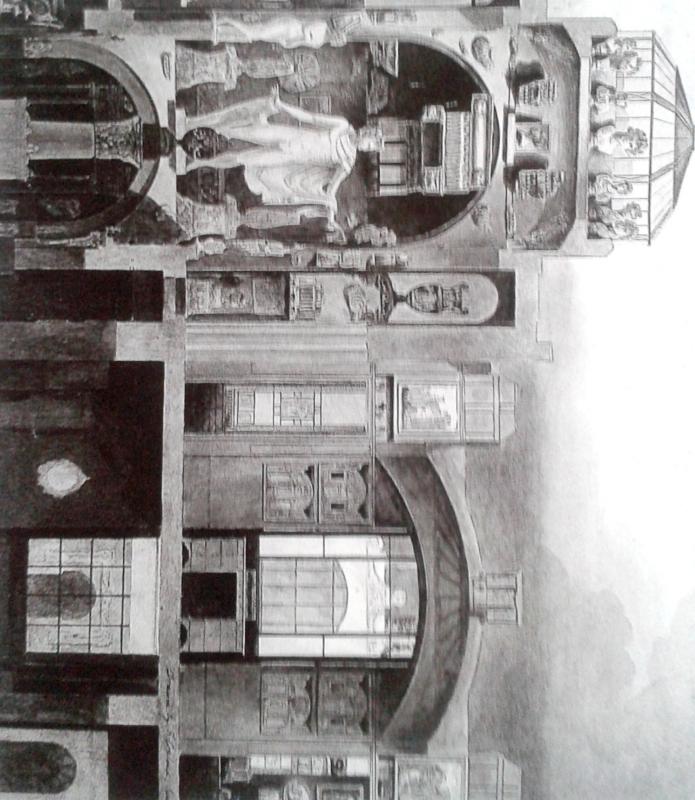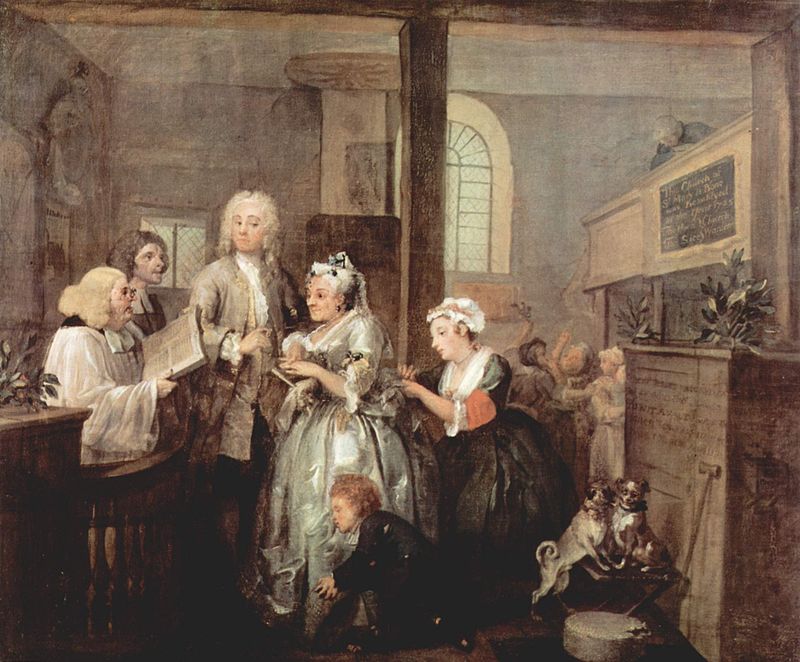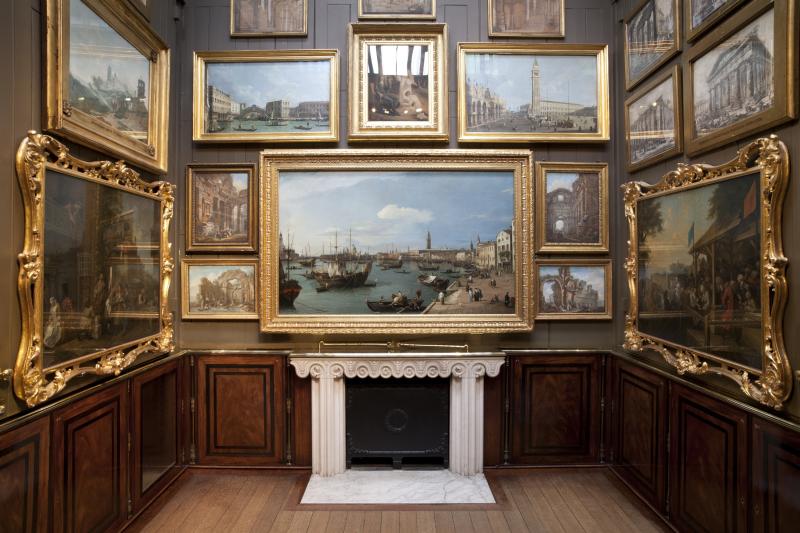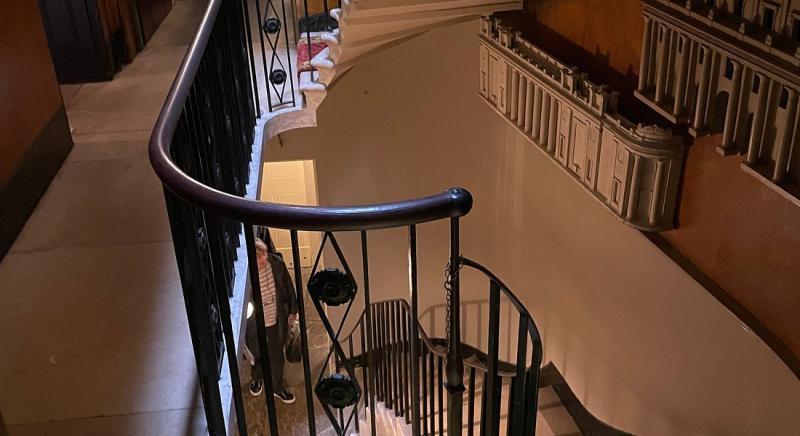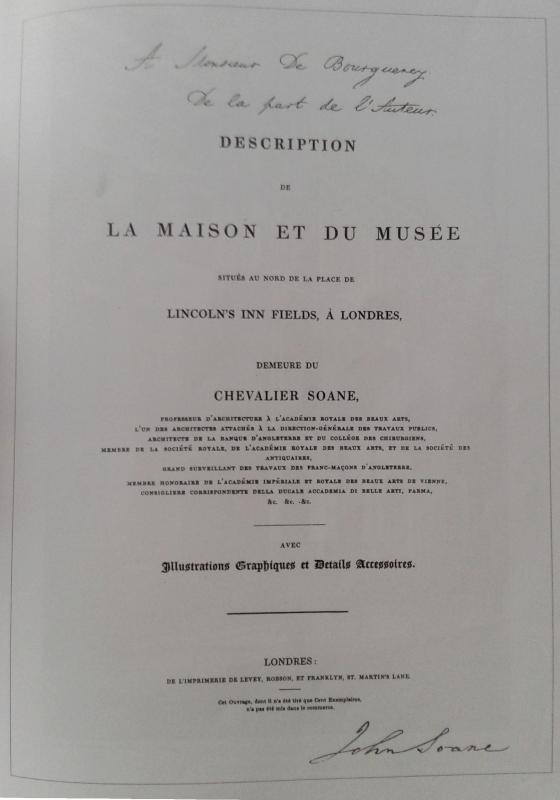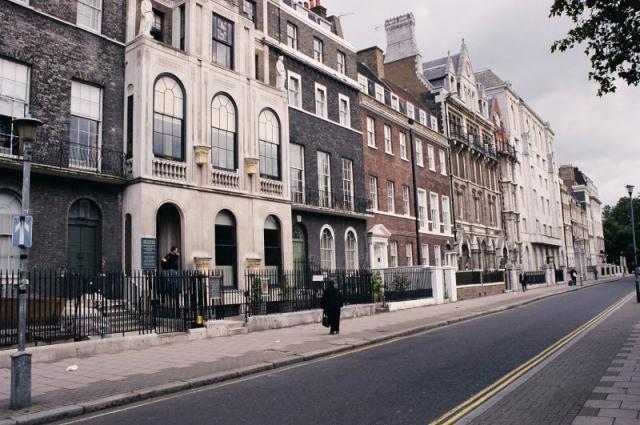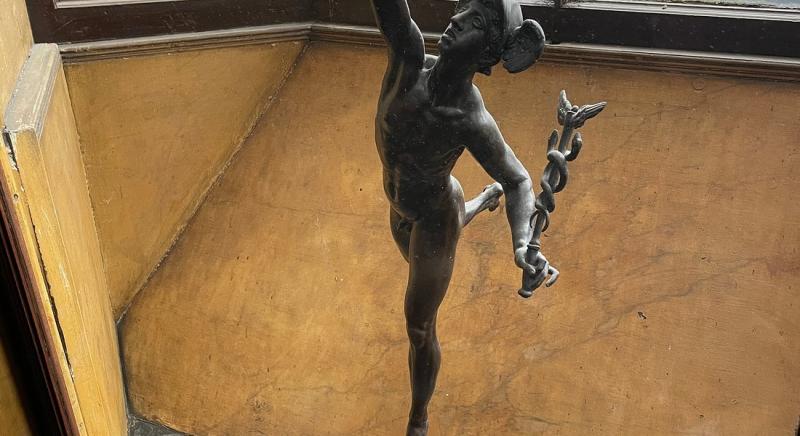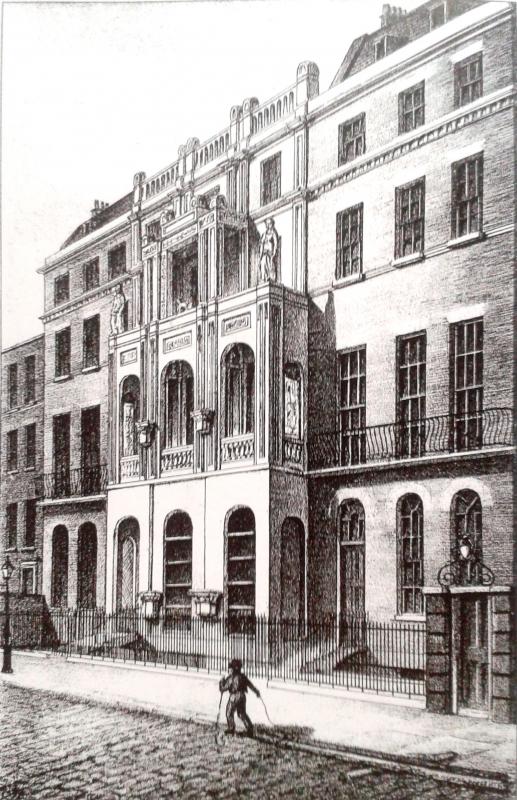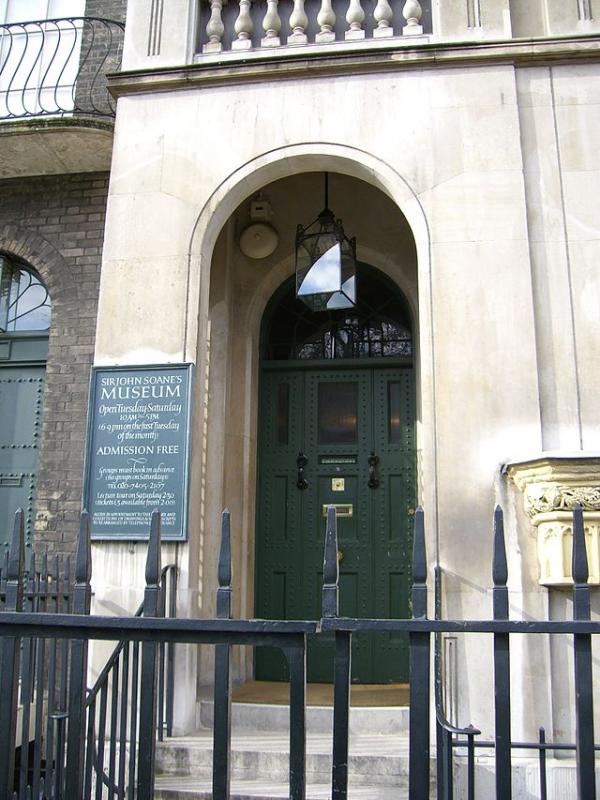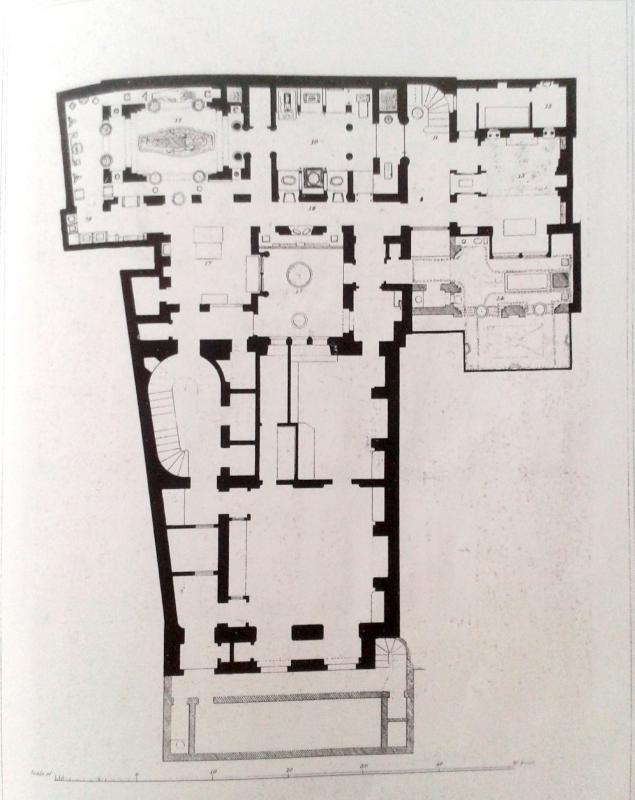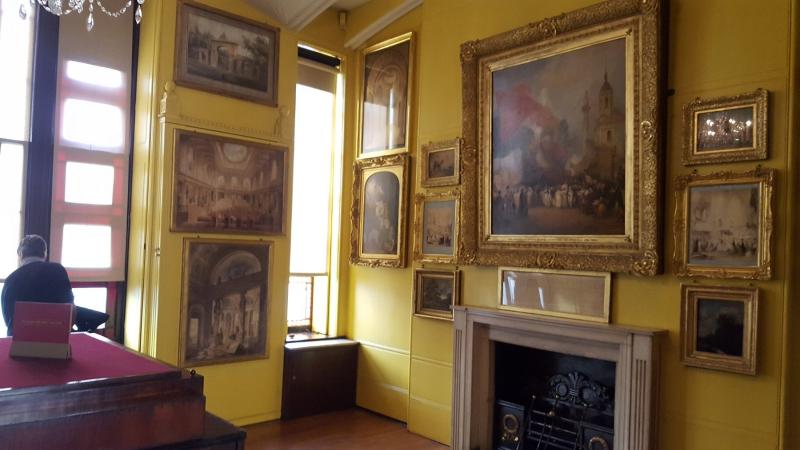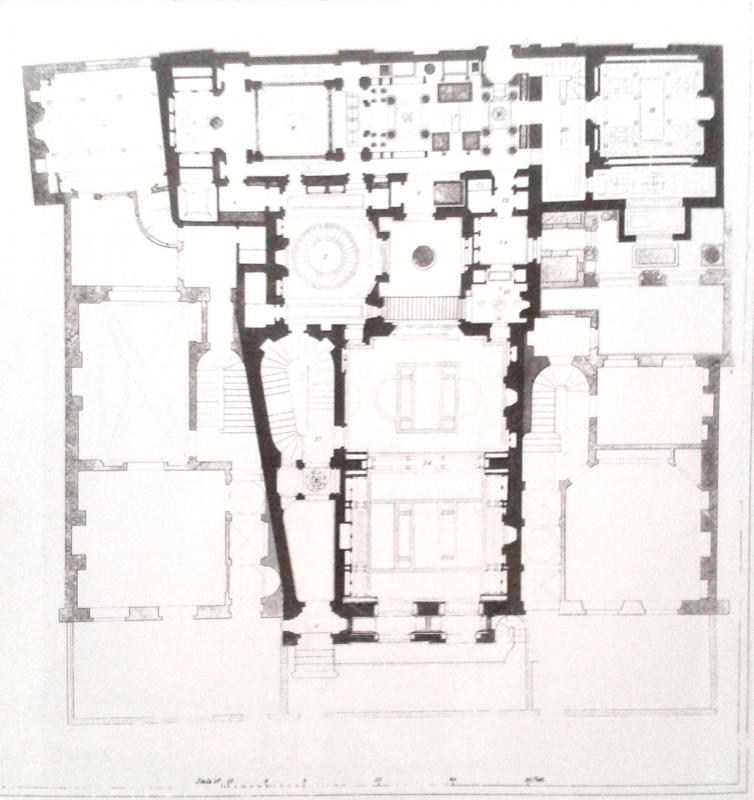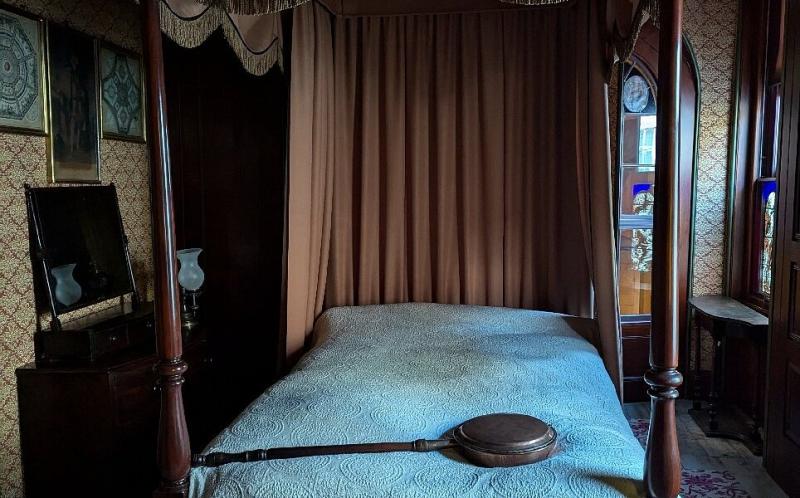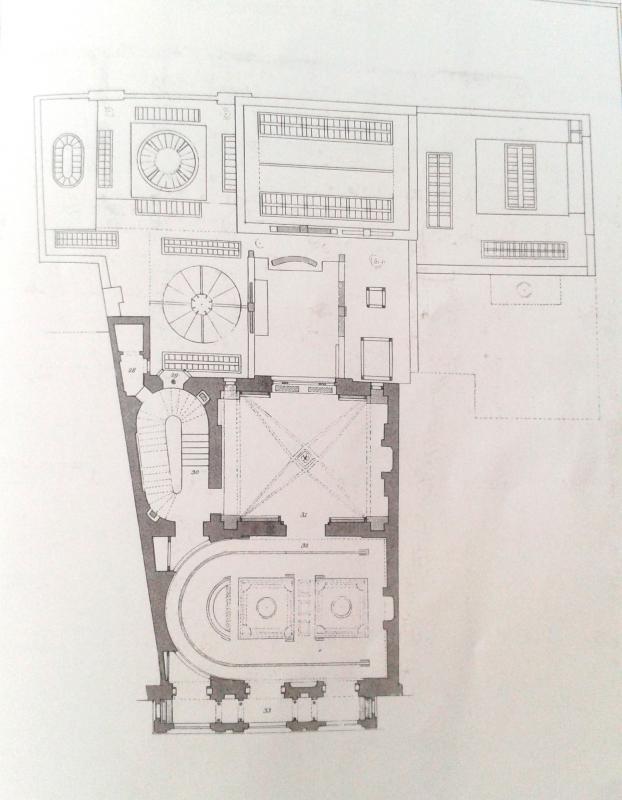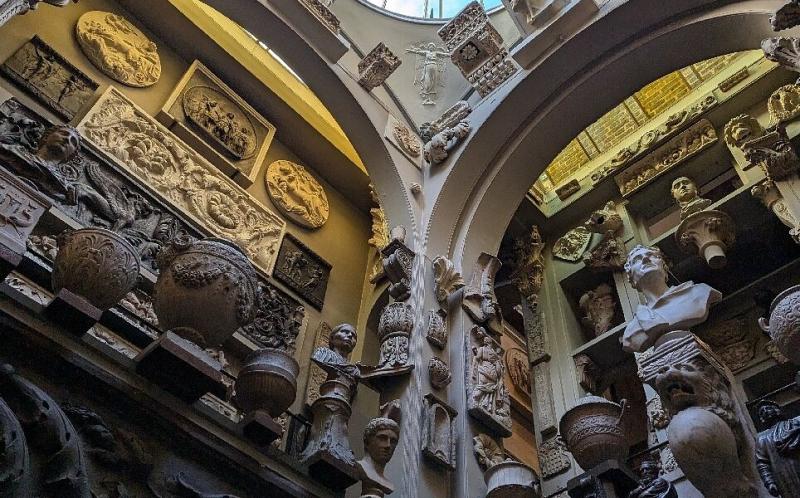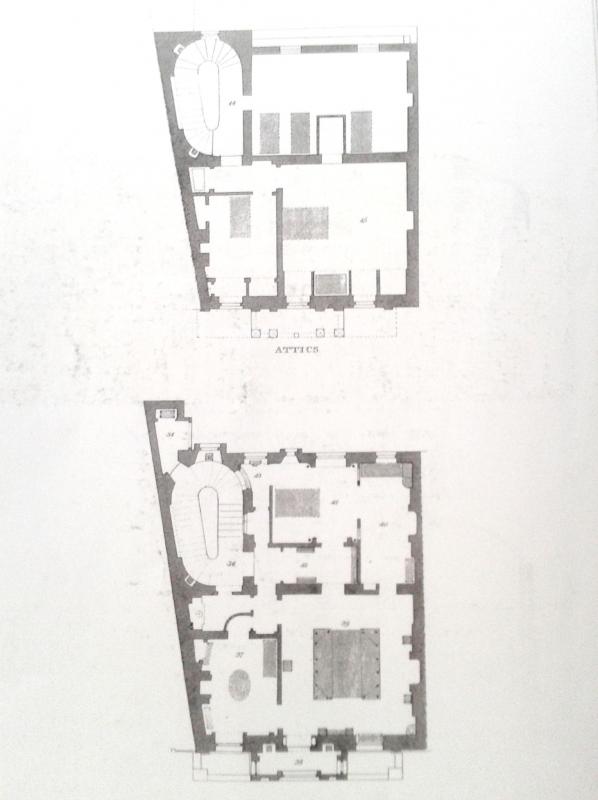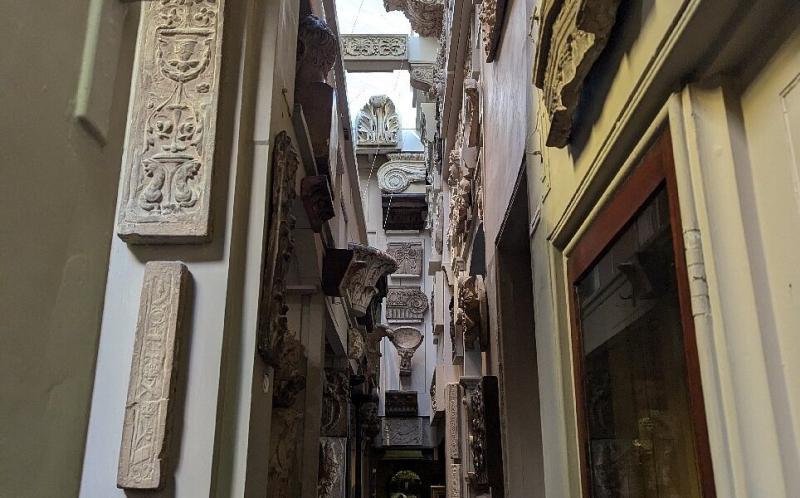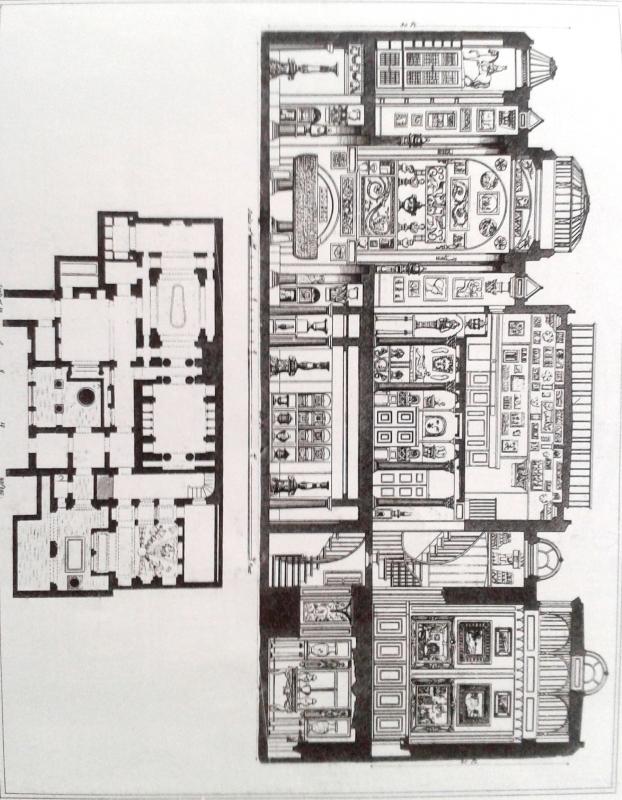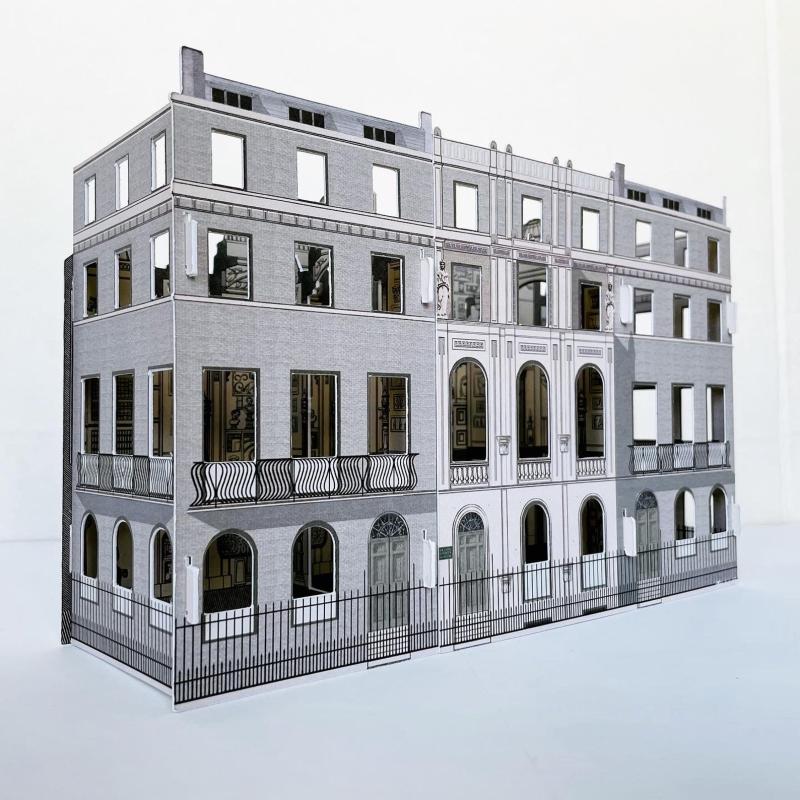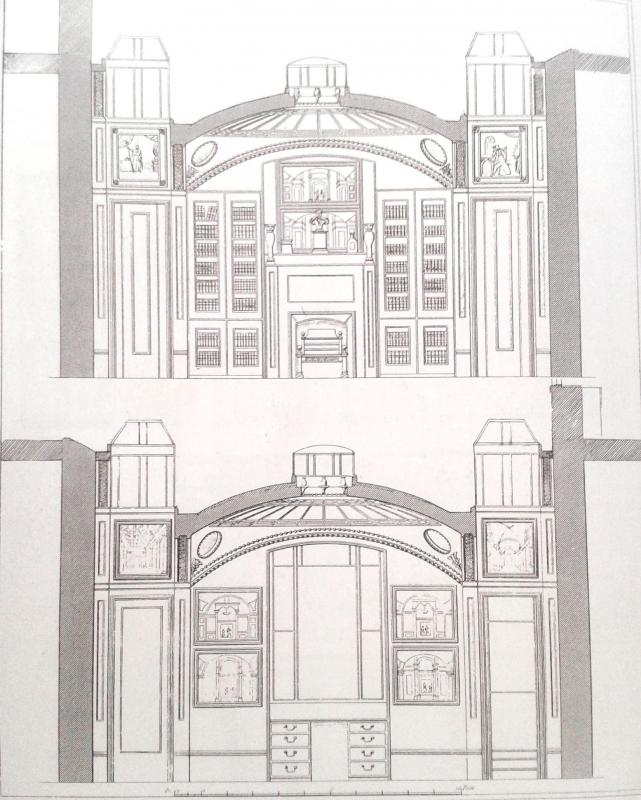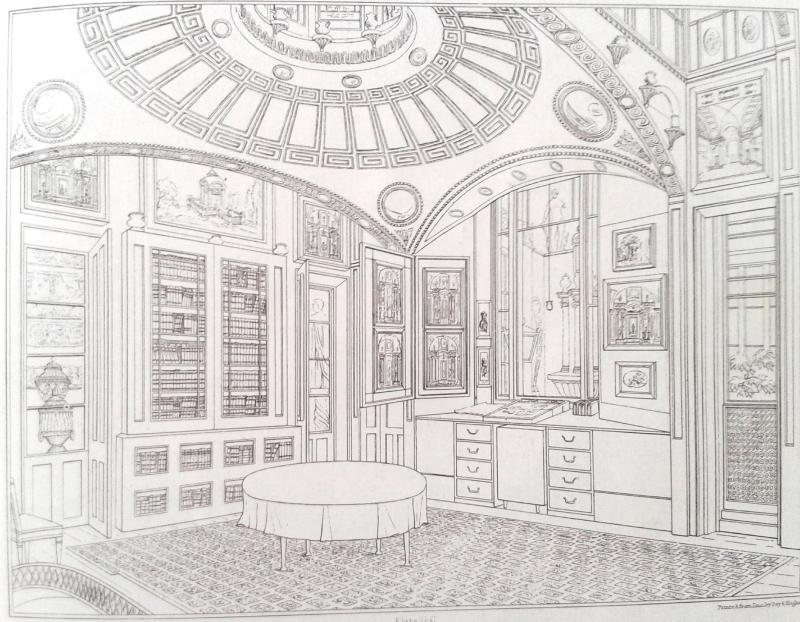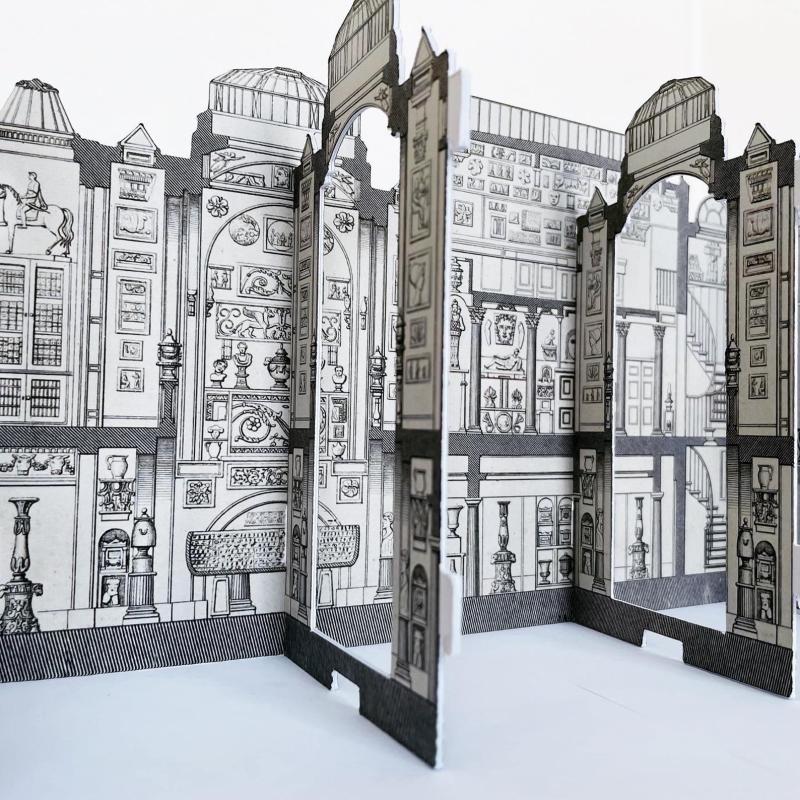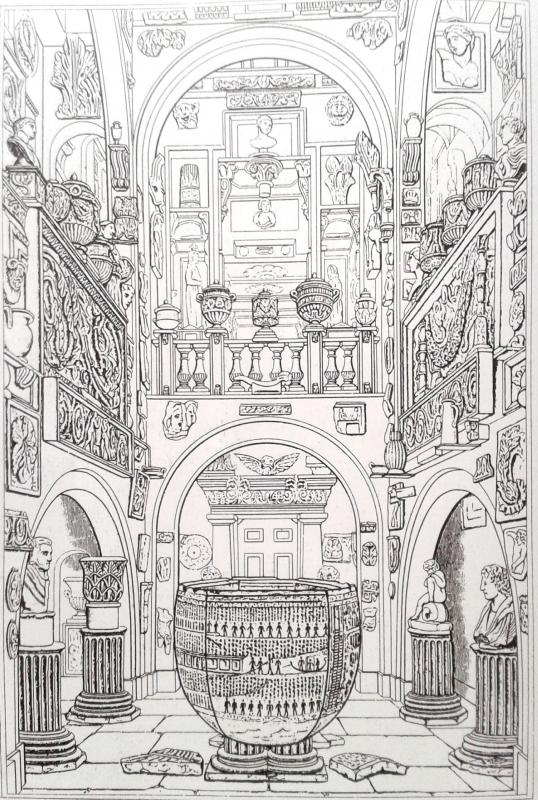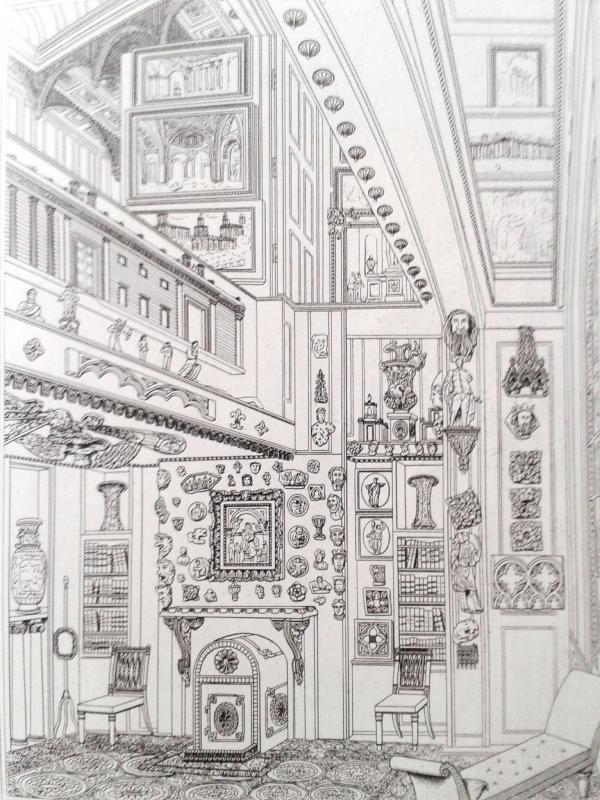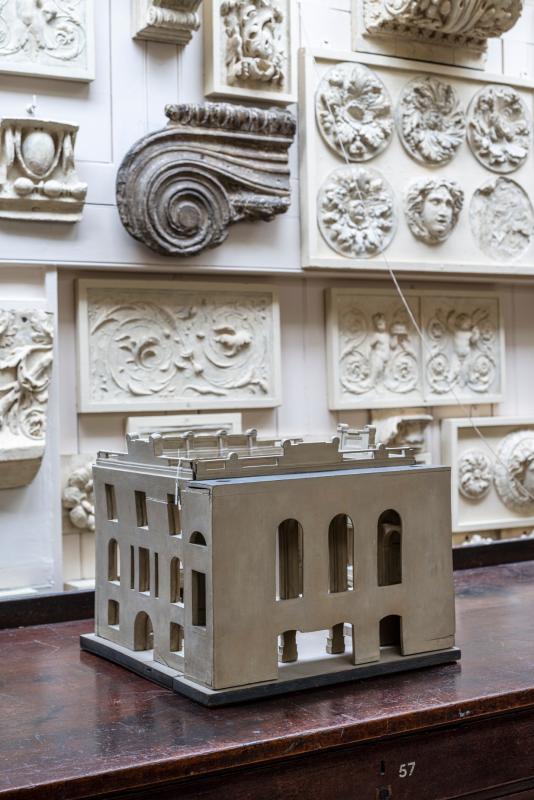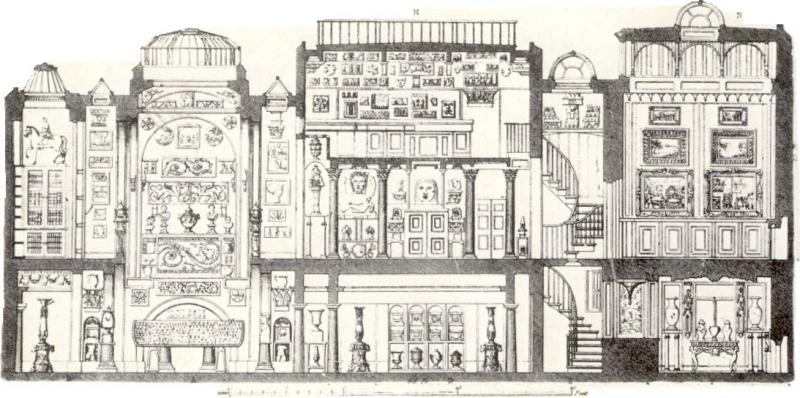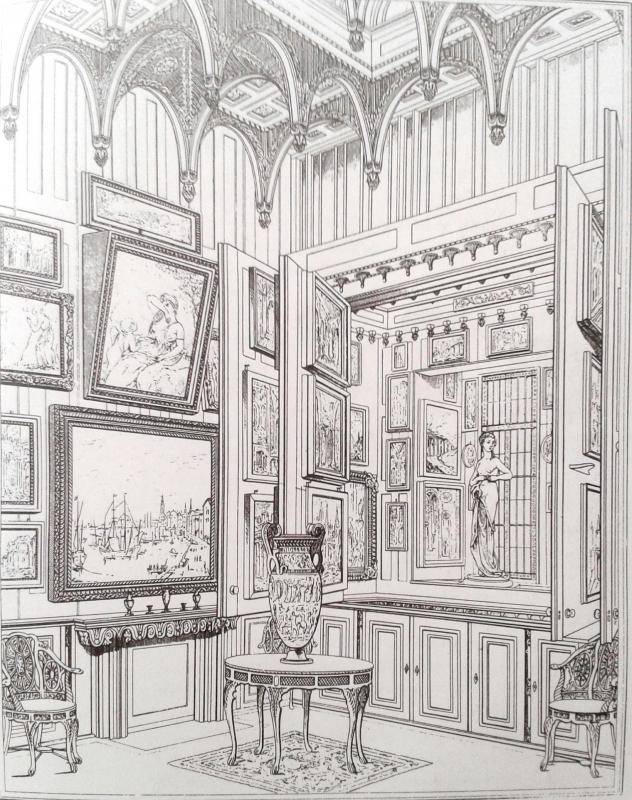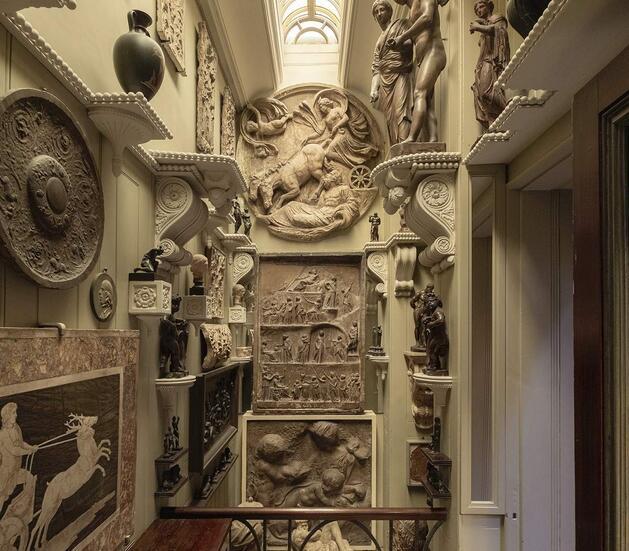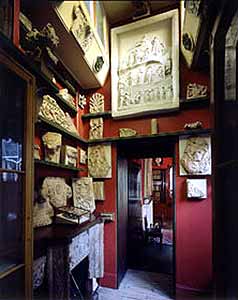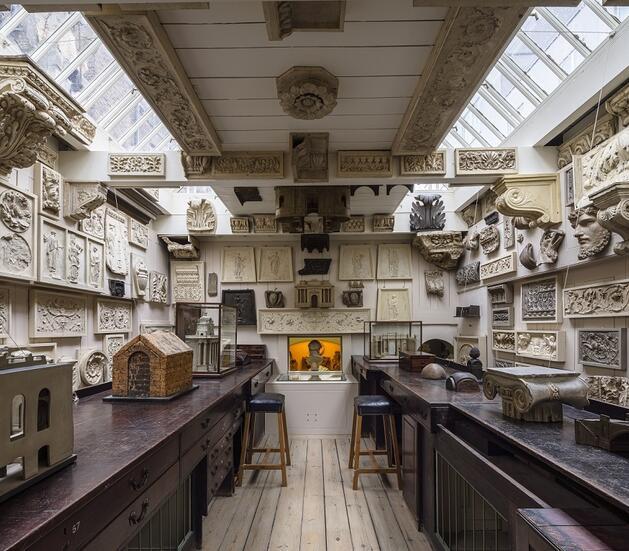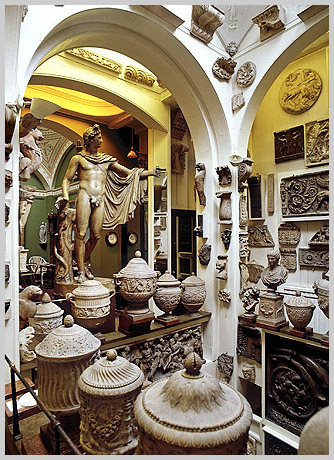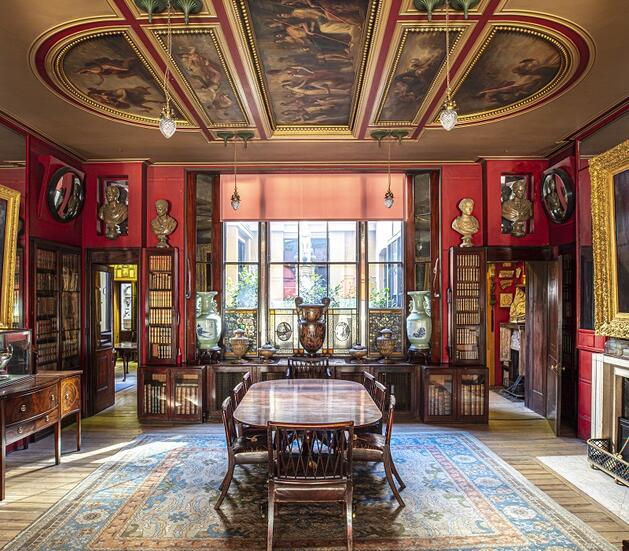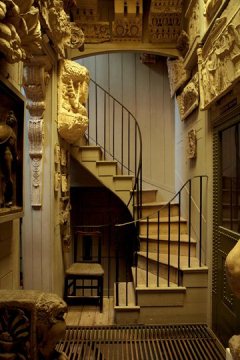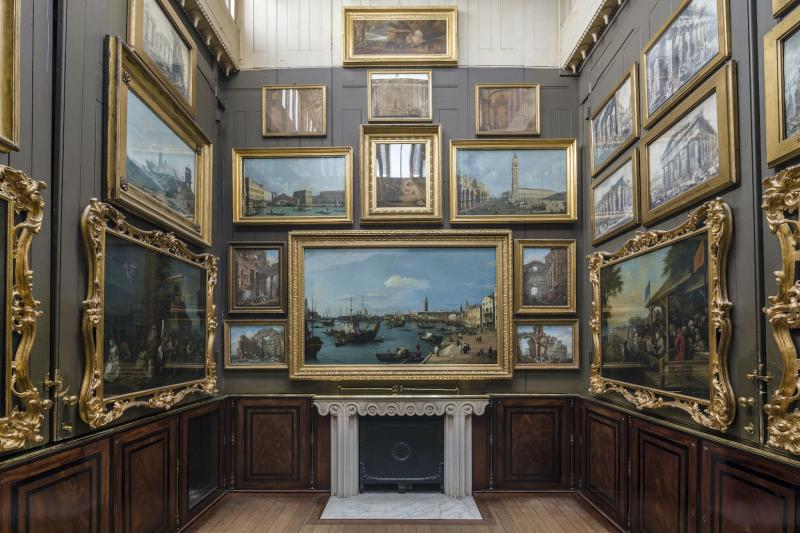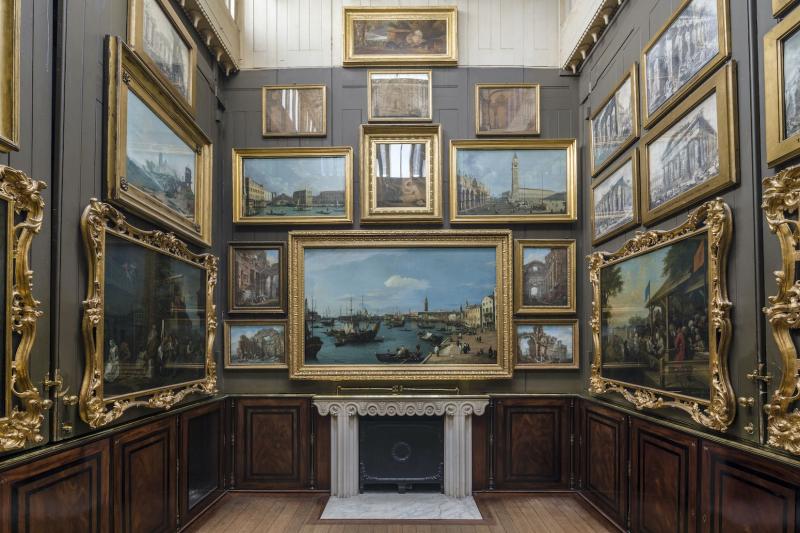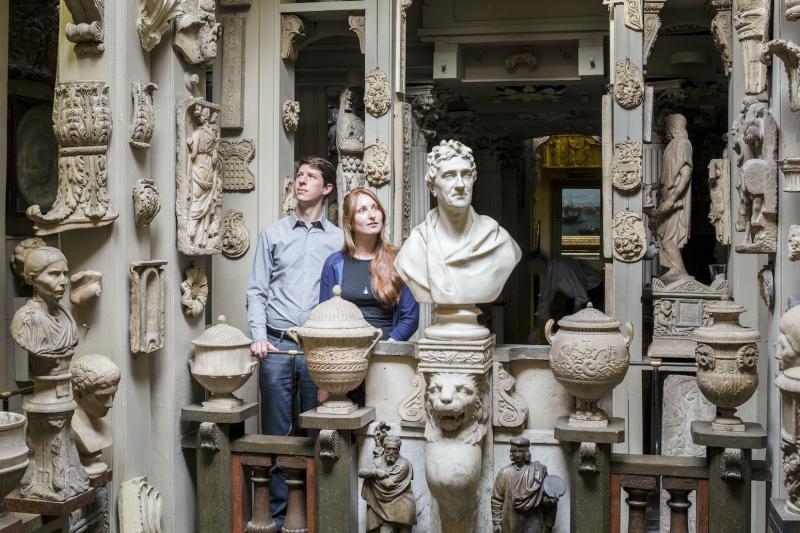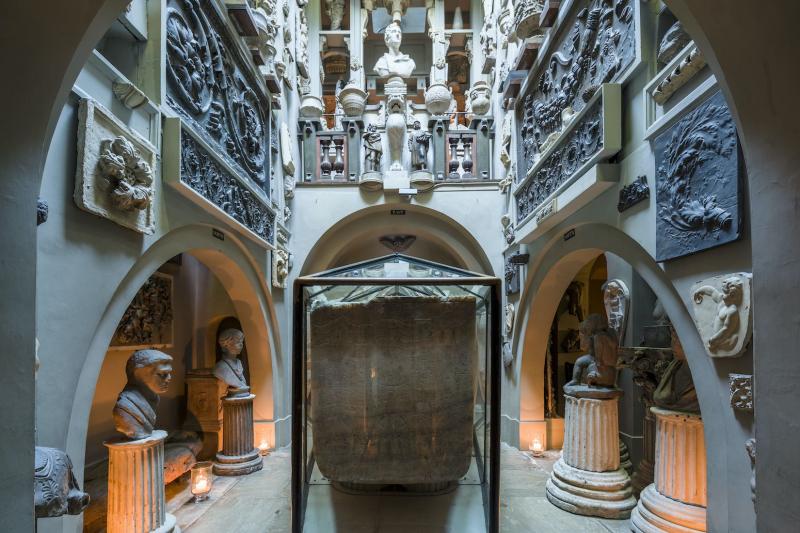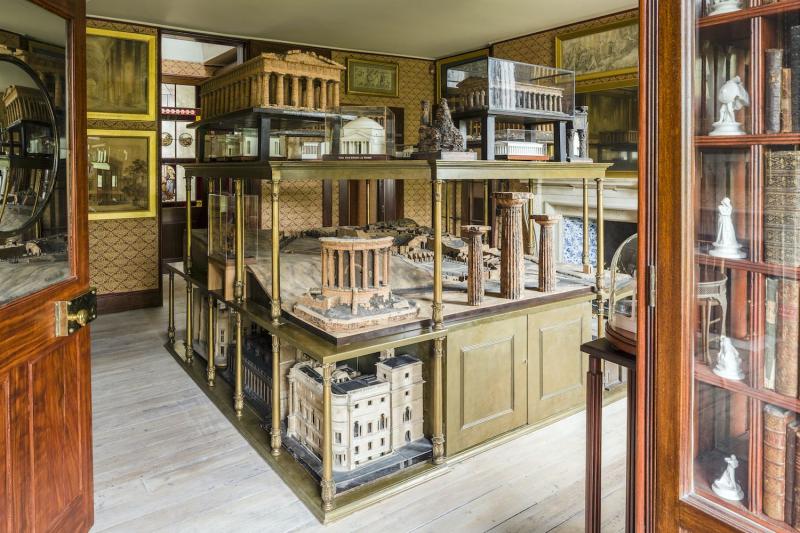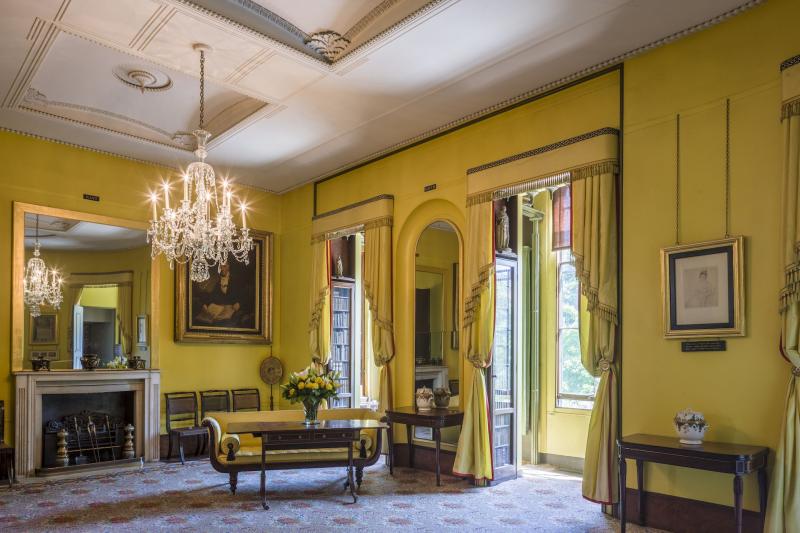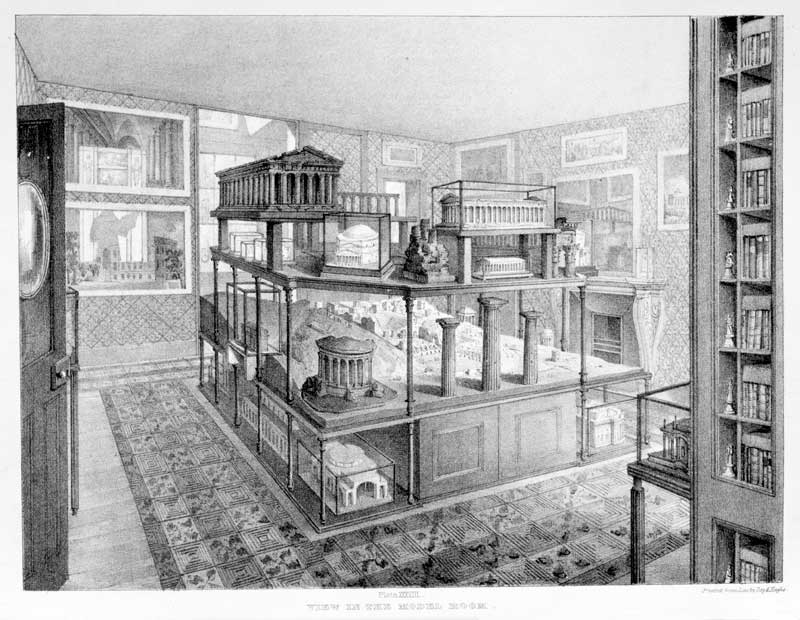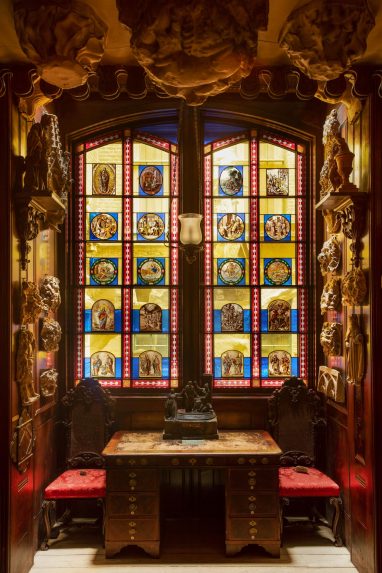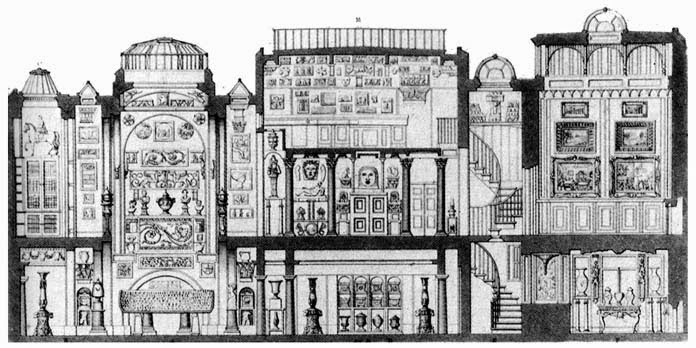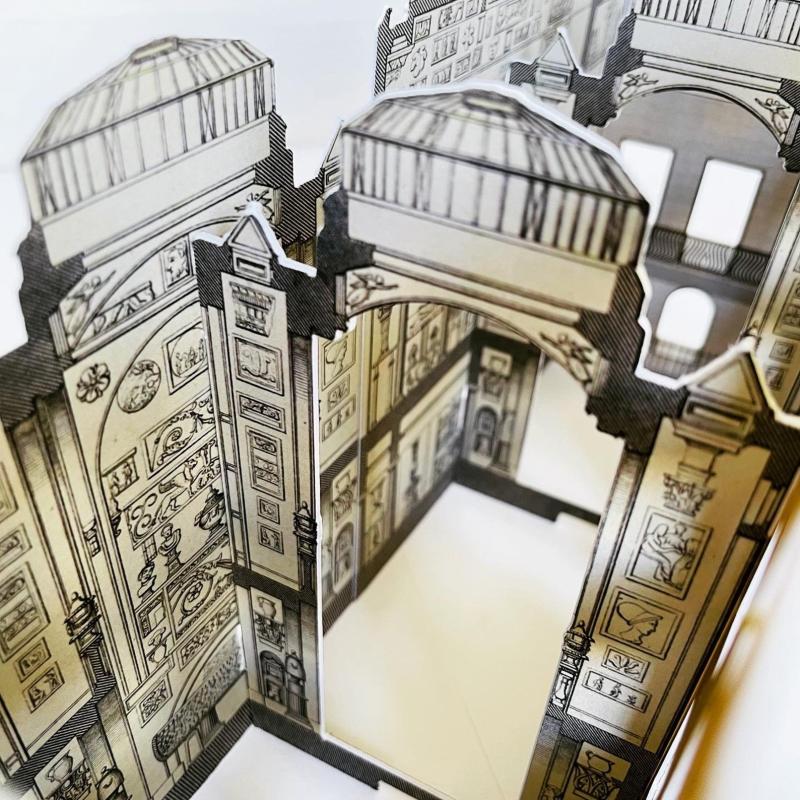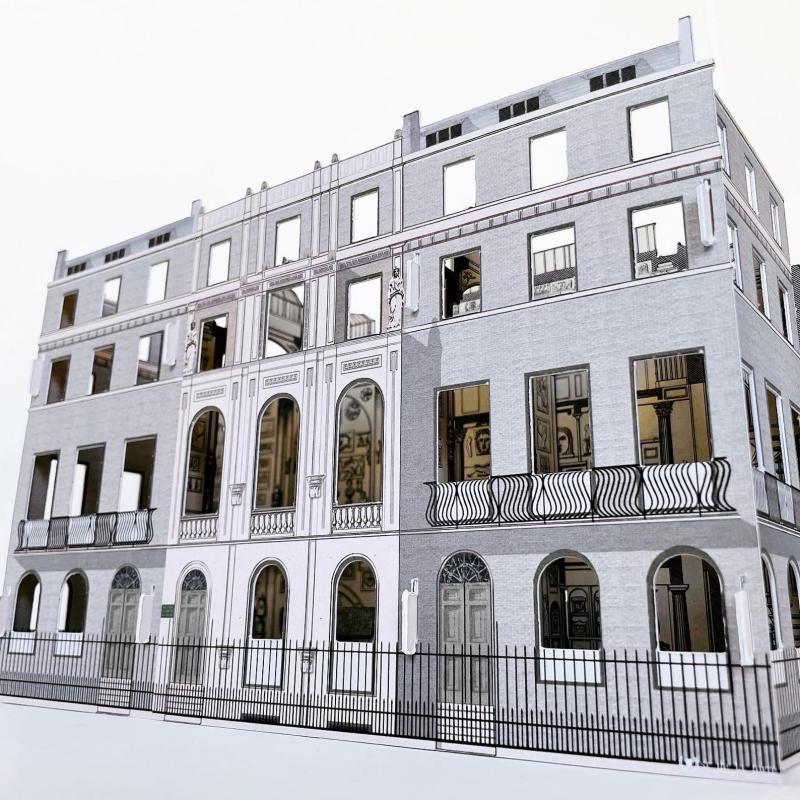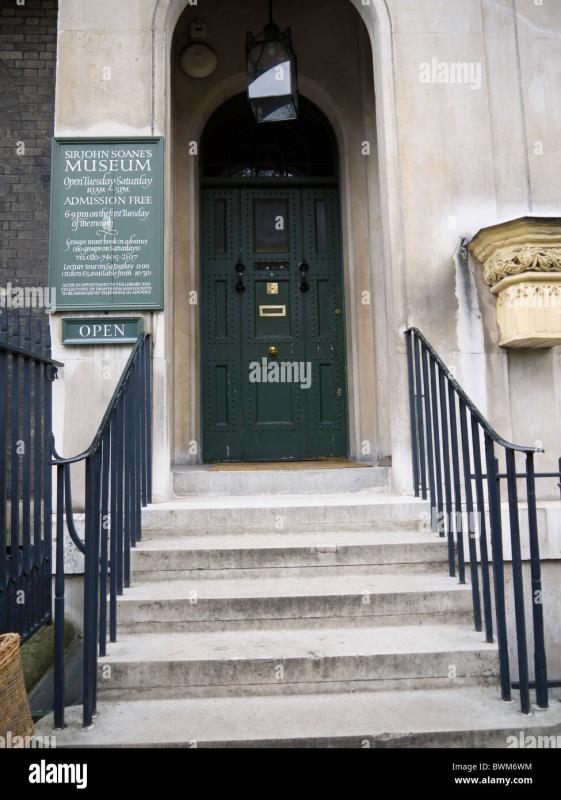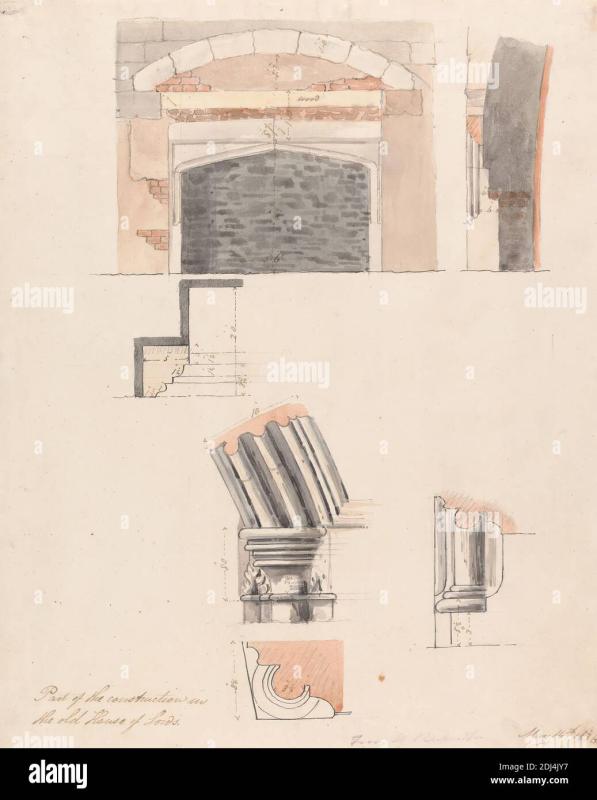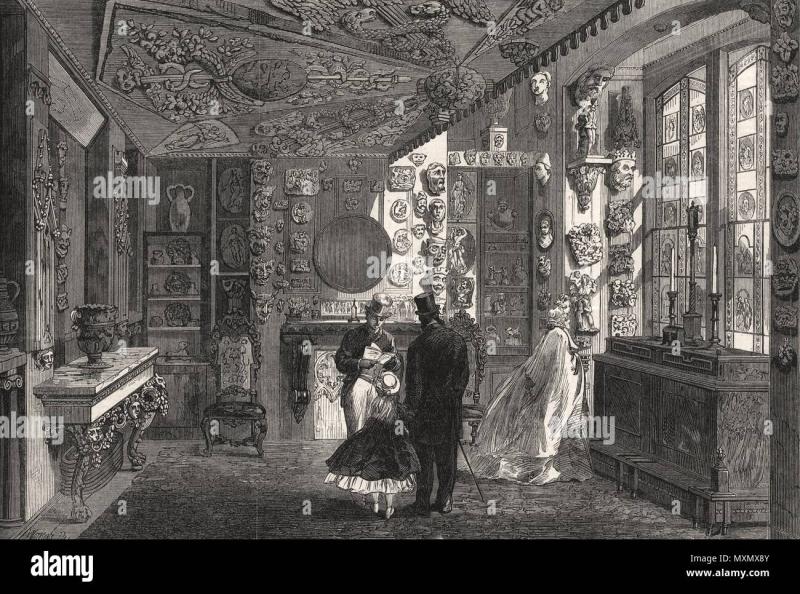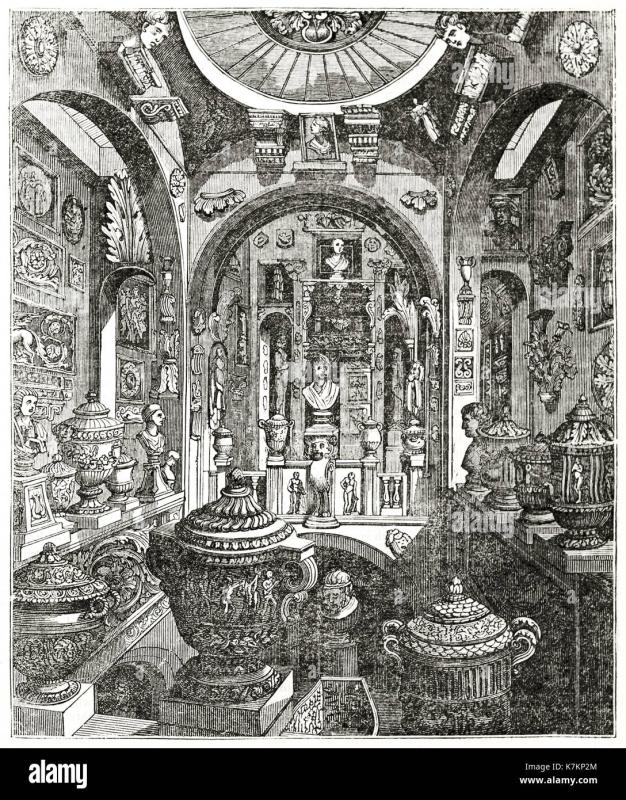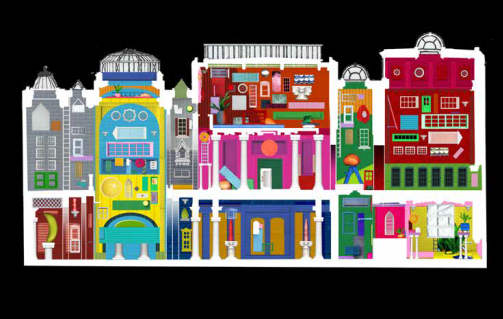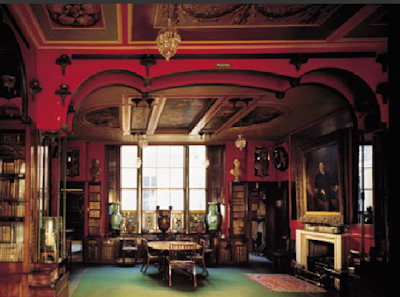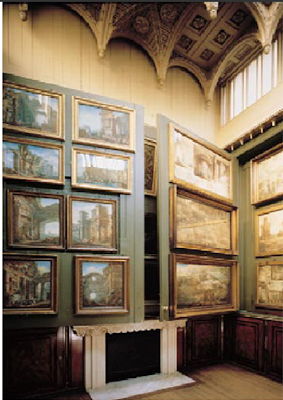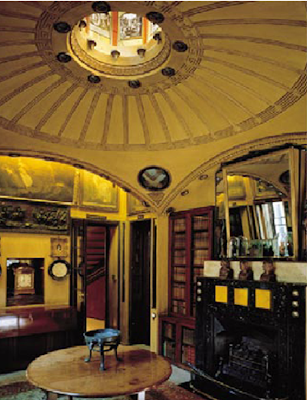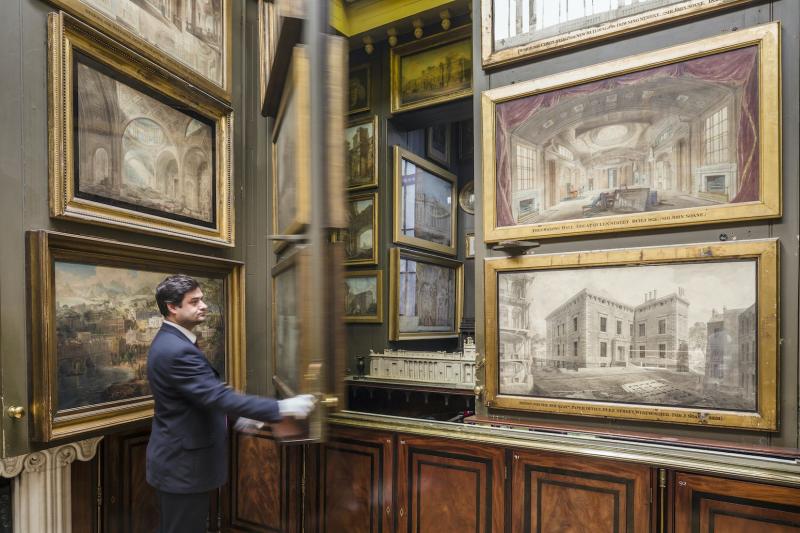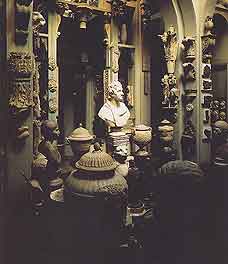Print
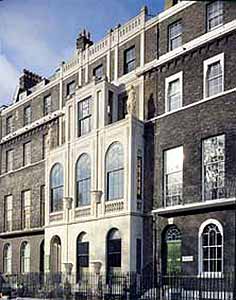

Soane Museum
Casa Museo John Soane- 1808 - 1825
- SOANE, John
-
KNOX, Tim
Restauración
2011 - 2013
Tim Knox fue director del Museo Soane de 2005 a 2013, donde llevó a cabo una restauración de las Lincoln's Inn Fields, los dos apartamentos adyacentes al museo (uno a cada lado), para convertirlos en espacios que formasen parte de la exhibición pública. - Londres
- Reino Unido
- 9 secretos de la Casa-Museo Soane, INGLÉS [06-2-2018]
- Articulo sobre el soane museum [26-3-2023]
- Artículo: Sir John Soane, arquitecto de colecciones, su casa-museo [06-2-2018]
- Breve descripción Casa Soane, INGLÉS [06-2-2018]
- Bibliografía completa del Museo Soane. Soane.org [01-11-2015]
- Casa de John Soane [17-11-2013]
- Colecciones de los apartamentos privados de John Soane, INGLÉS [06-2-2018]
- Crítica del museo, como parte de los edificios de Londres. Lonely Planet. [25-10-2015]
- Datos de la casa [17-11-2013]
- Casa-Museo Soane Museum [29-9-2014]
- Descripción WIKIPEDIA [06-2-2018]
- Descripcion del museo [04-11-2013]
- Entrada acerca de parte de las obras que recoge el museo. Jerome Online. [25-10-2015]
- Fundación John Soane, conservación [06-2-2018]
- Historia del museo [17-11-2013]
- Historia del Soane Museum [29-9-2014]
- Historia y actualidad del Museo Soane, INGLÉS [06-2-2018]
- historia del museo [04-11-2013]
- Información general completa acerca del museo. Wikipedia. [25-10-2015]
- Información turística del museo. Londres.es [04-11-2013]
- John Soane [17-11-2013]
- Museo de john soane [04-11-2013]
- Museo Soane [04-11-2013]
- Museo Soane, una colección desordenada, INGLÉS [06-2-2018]
- Razones por la que visitar el Museo Soane [06-2-2018]
- Referencia bibliográfica. [26-3-2023]
- Resumen del museo y su papel en la trayectoria de John Soane. Blog Sir John Soane. [25-10-2015]
- Soane Museum. Wikipedia [29-9-2014]
- Sir John Soane's Museum Foundation [29-9-2014]
- Soane Museum. Wikipedia [29-9-2014]
- Trabajo de la facultad de arquitectura de la universidad publica de Madrid [26-3-2023]
- Un pequeño museo en Londres [17-11-2013]
- Web del Soane Museum. Información histórica y actual completa. Soane.org [25-10-2015]
- VÍDEO. Resumen de la historia del museo. Youtube. [25-10-2015]
- VÍDEO. Ian Hislop - Sir John Soane's Museum. Youtube. [25-10-2015]
- VÍDEO. Sir John Soane's Museum: 'A crazy labyrinth of art, architecture and history'. Youtube. [25-10-2015]
- WEB OFICIAL: Museo Sir John Soane [06-2-2018]
- Web del Soane Museum [29-9-2014]
- Sección
- Descripción en inglés
- PDF sobre Soane Museum
- Análisis de caso
- Video sobra la historia de la restauración del Soane Museum
- Descripción de la restauración en inglés
El museo Soane considerado el primer museo de arquitectura, era la vivienda original del arquitecto, que poco a poco fue ampliando, ante la insuficiencia de espacios que tenía su propia casa-estudio para albergar sus colecciones. La labor desarrollada con todos estos materiales arquitectónicos era de recopilación, de estudio e investigación de los mismos y finalmente de exposición y divulgación. Que son las tres características que tienen desde entonces los museos de arquitectura. Para ello John Soane fue adquiriendo solares contiguos a su propia casa, dando finalmente a dicha ampliación una imagen unitaria que podemos hoy en día apreciar en la fachada
-------
La colección del arquitecto Sir John Soane, alberga varios dibujos y proyectos del arquitecto, así como obras de arte y arquitectura antiguas que reunió a lo largo de su vida. Además de por la colección, el museo llama la atención por su estética clasicista, el diseño cuidado de los lucernarios a diferentes alturas y la concentración de objetos de todo tipo, que carecen de espacio de visualización. Dando la impresión de un cofre decorado, con superposición de elementos. No fue hasta la llegada de Peter Thornton como director, tras la muerte de Sir John Soane, que el museo se convirtió en lo que hoy día conocemos, con las salas y estudios de restauración y conservación de antigüedades.
